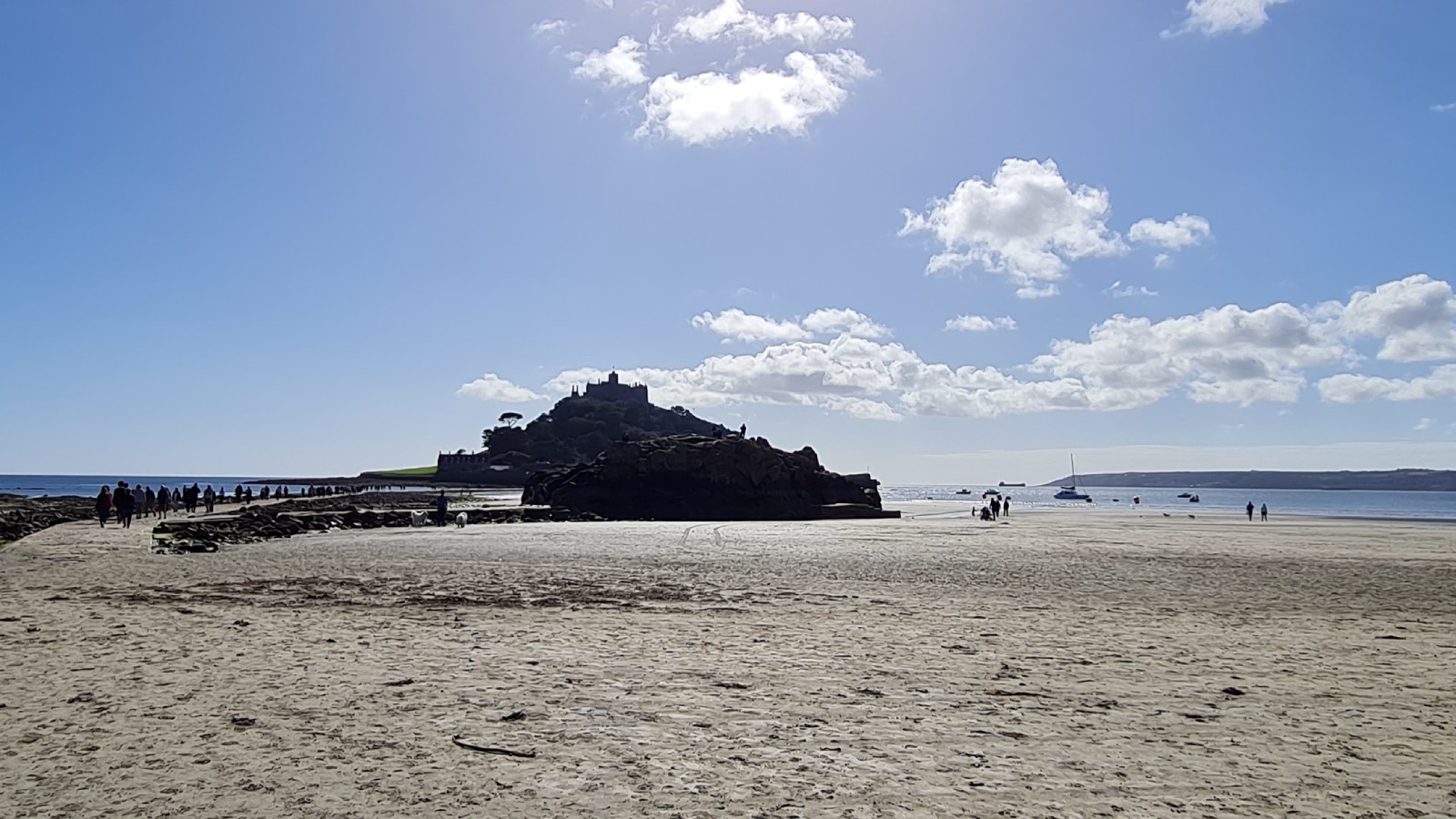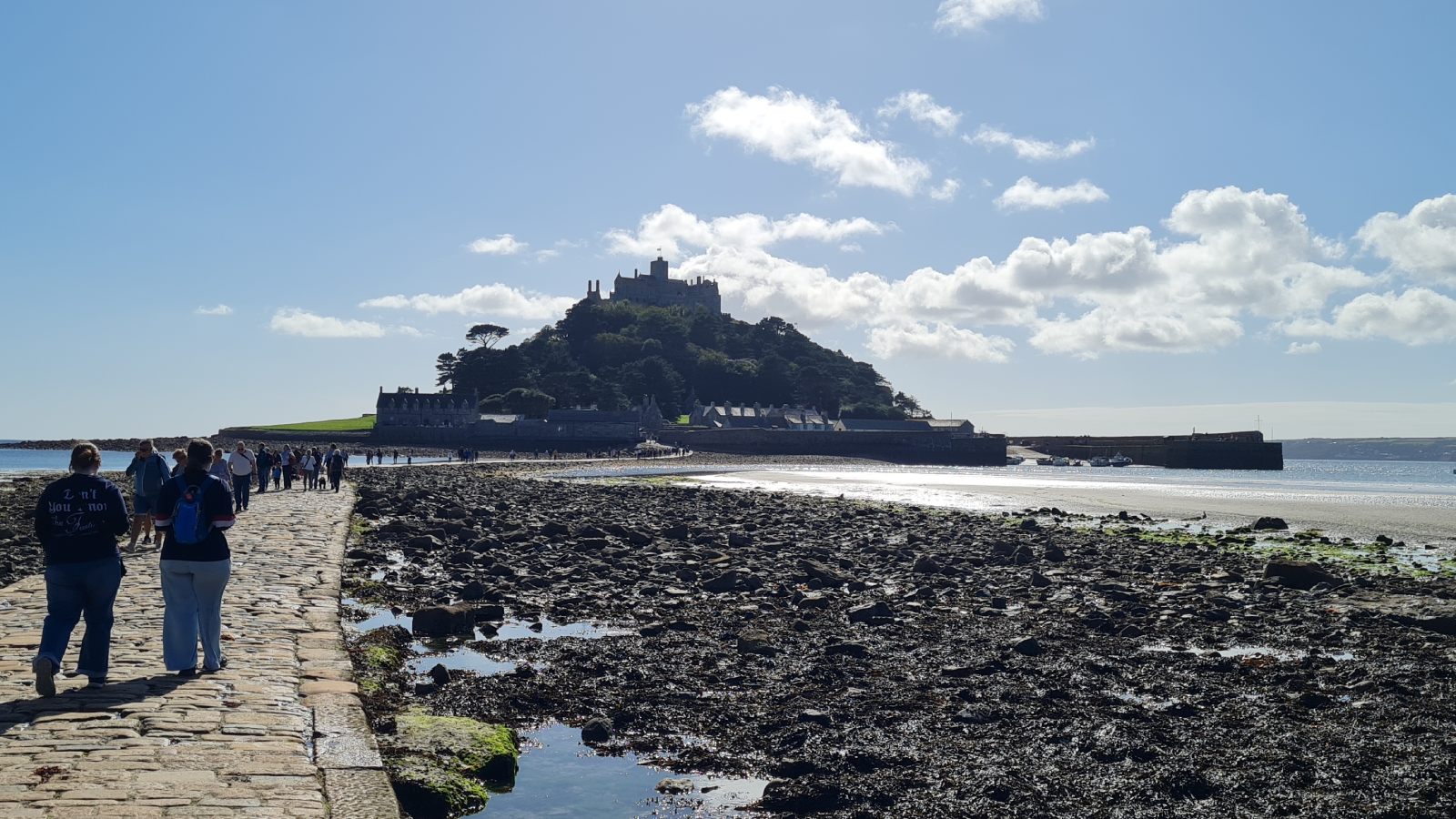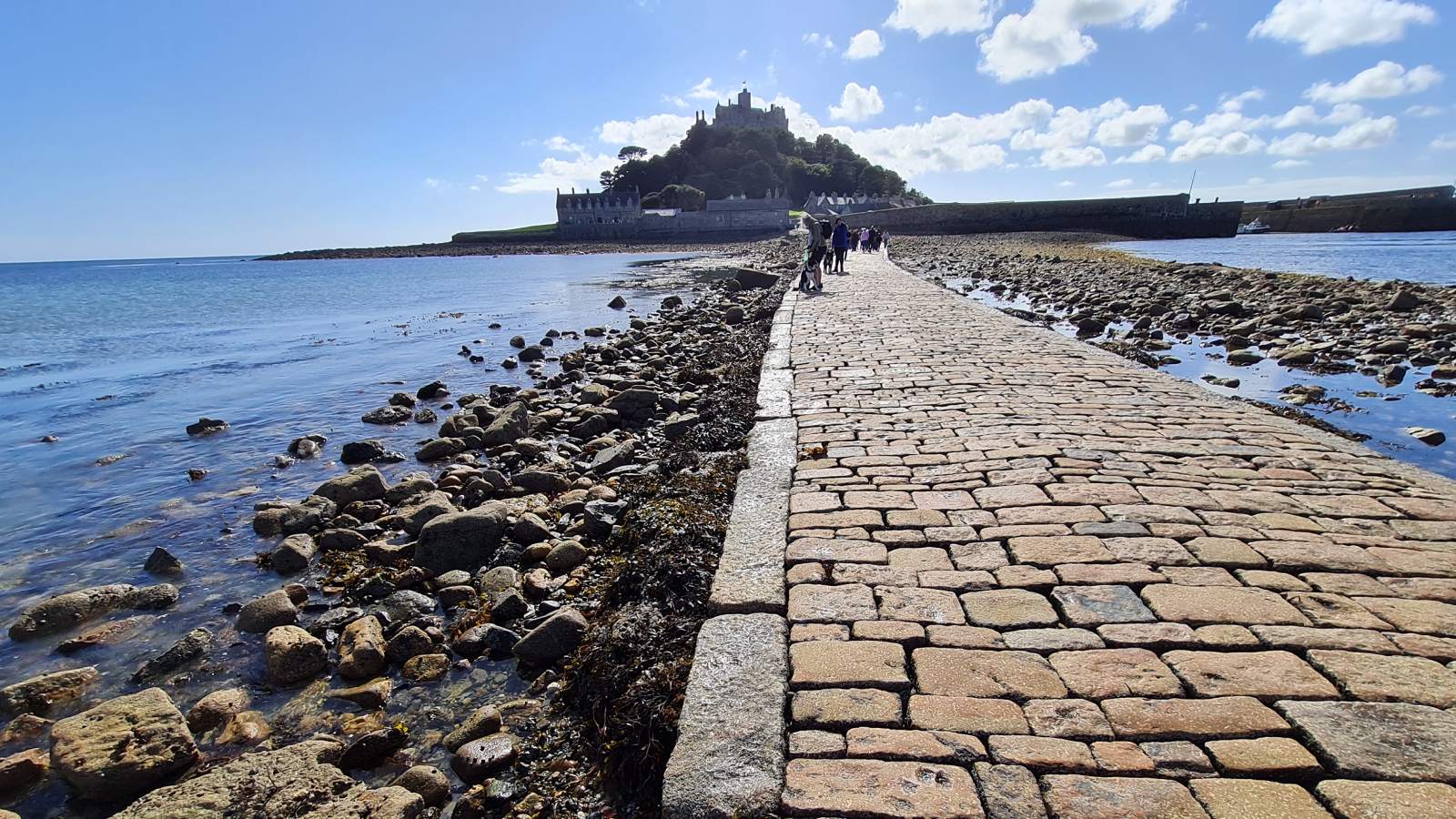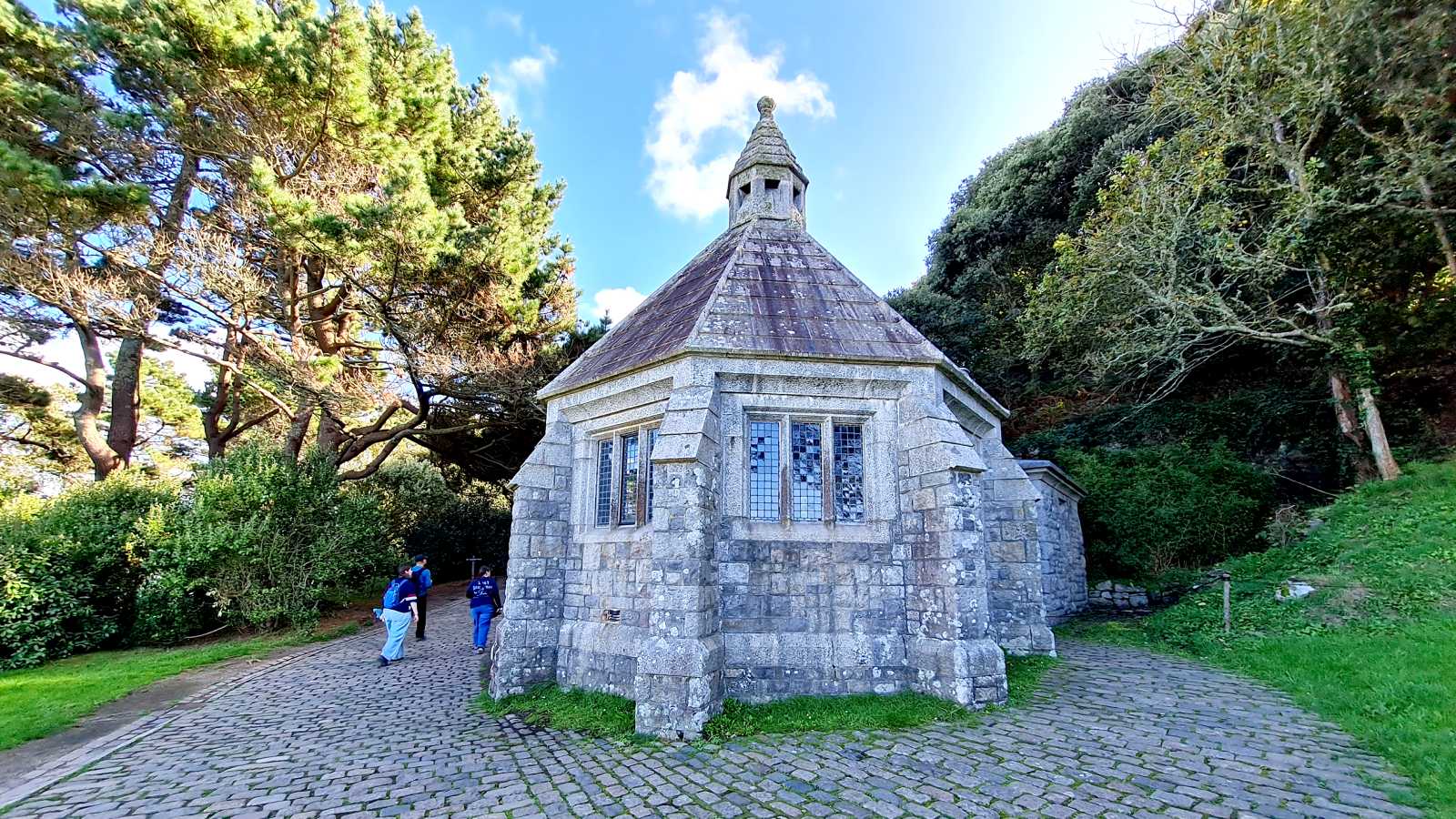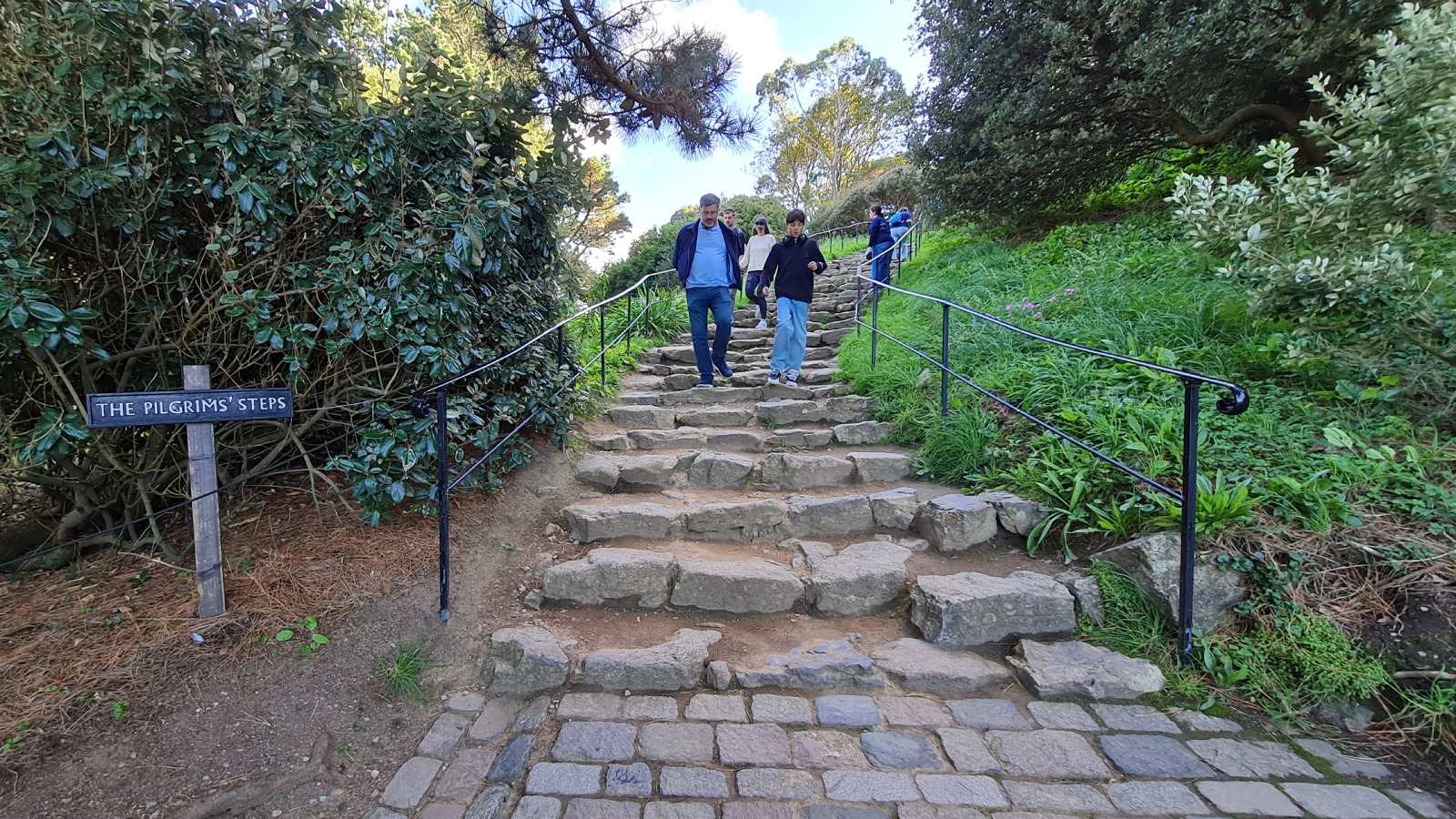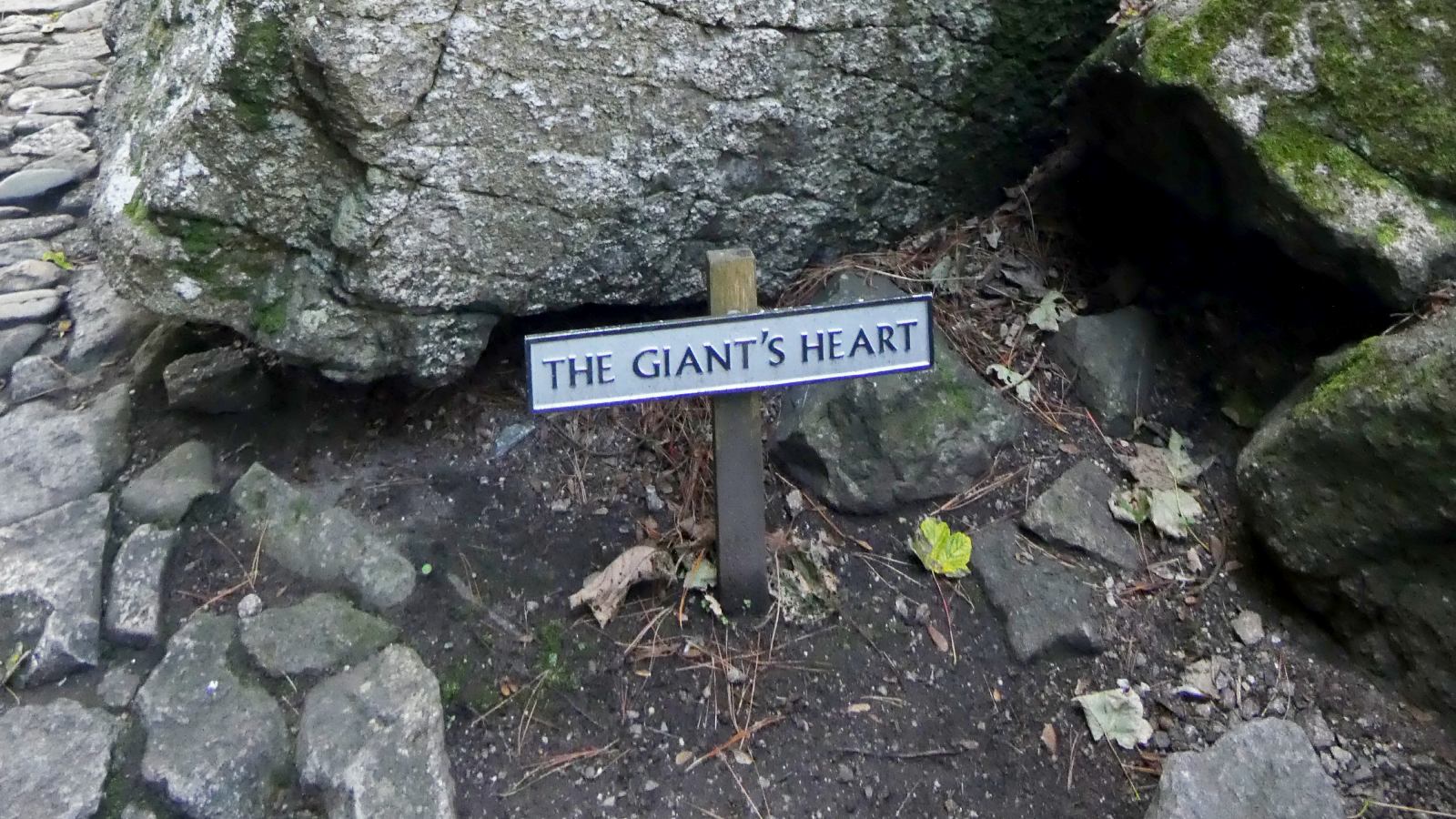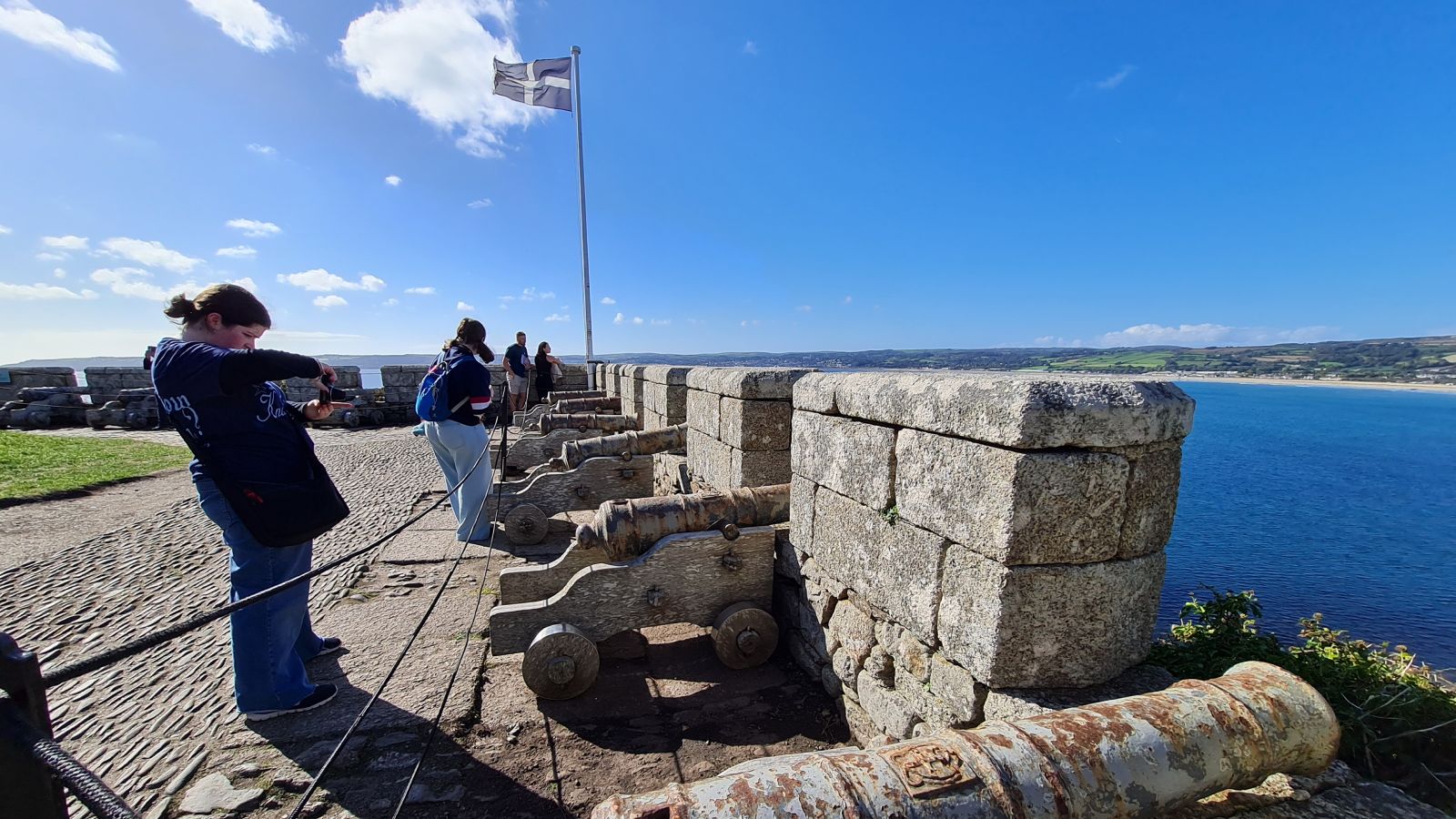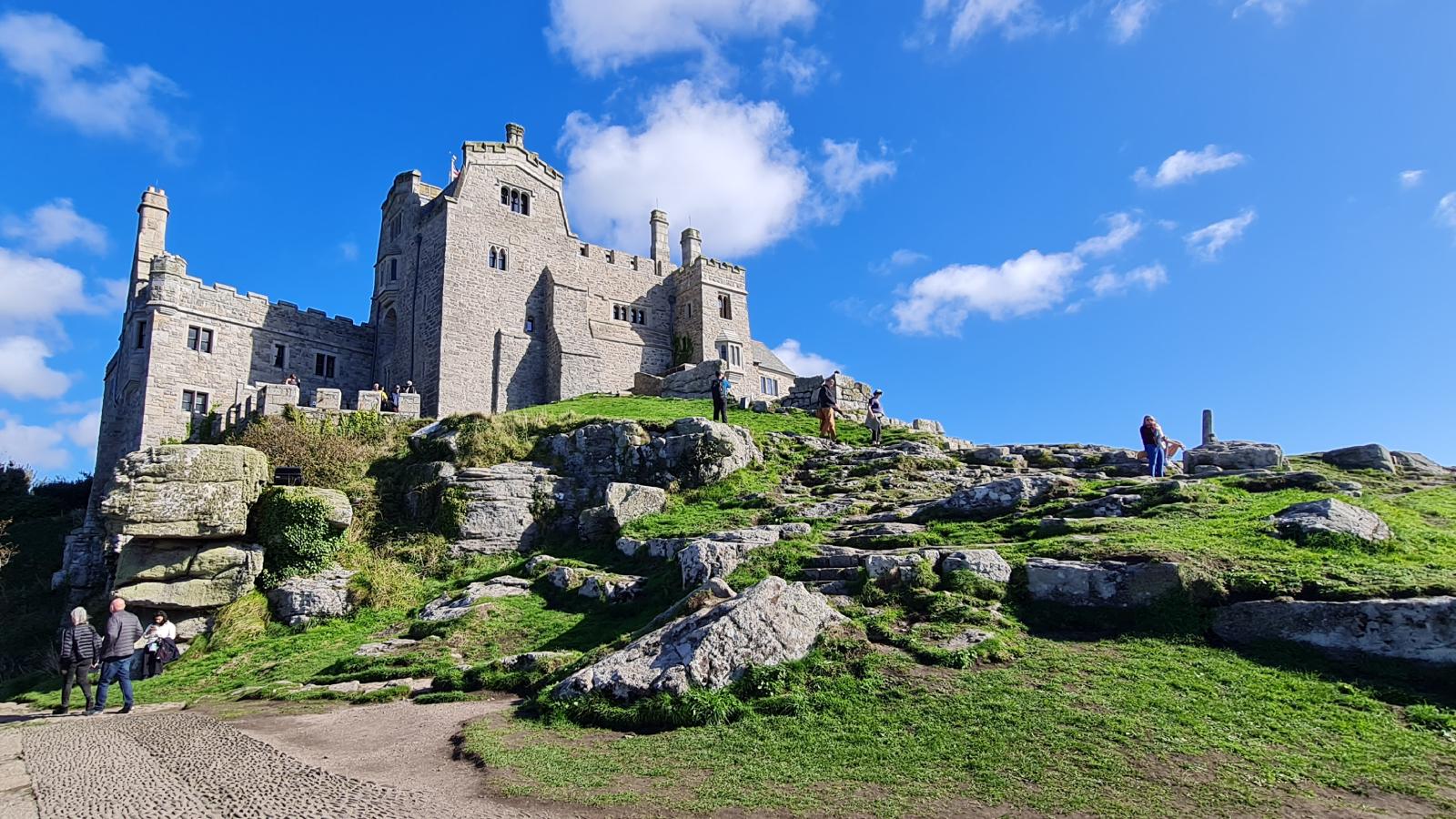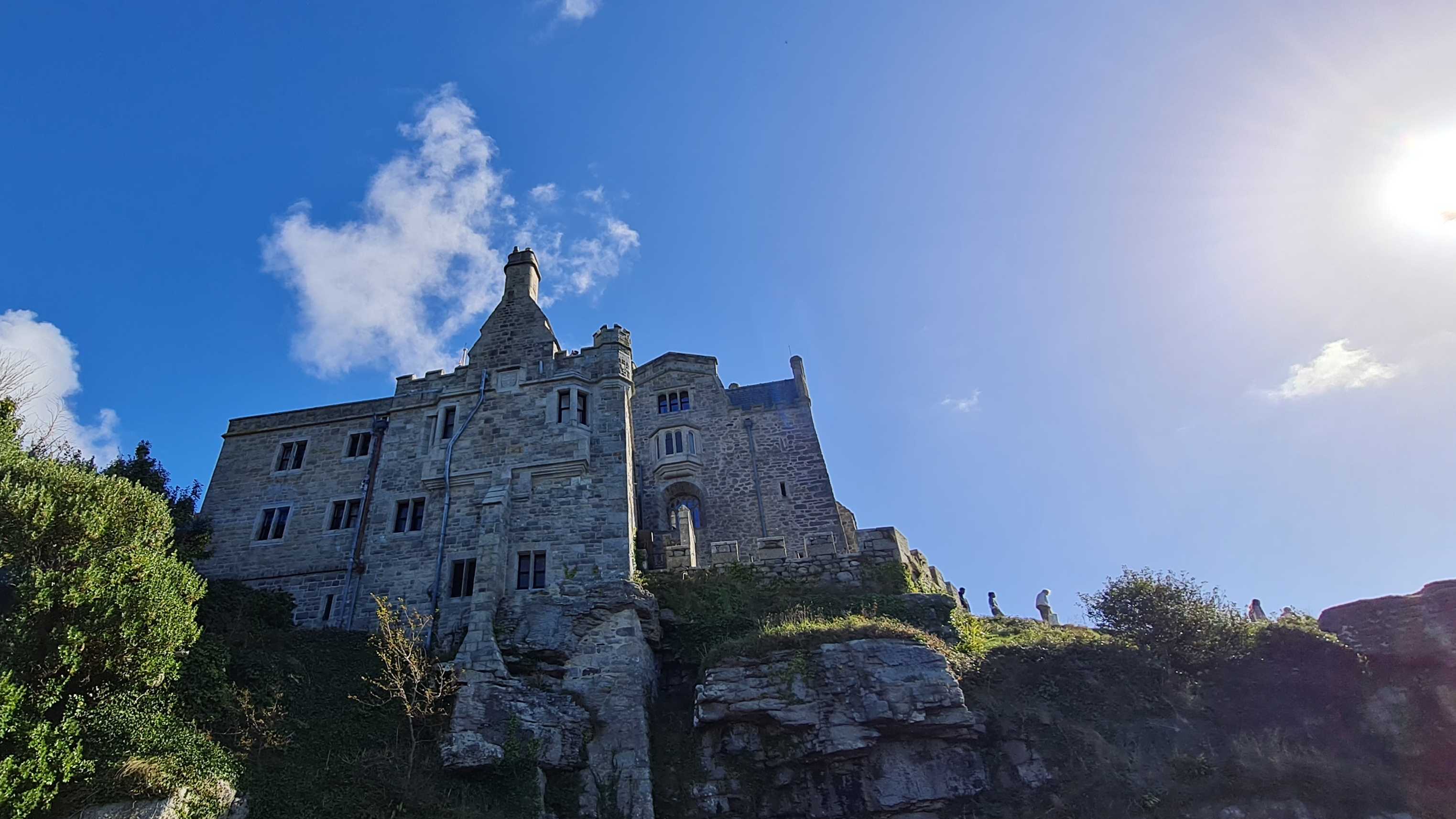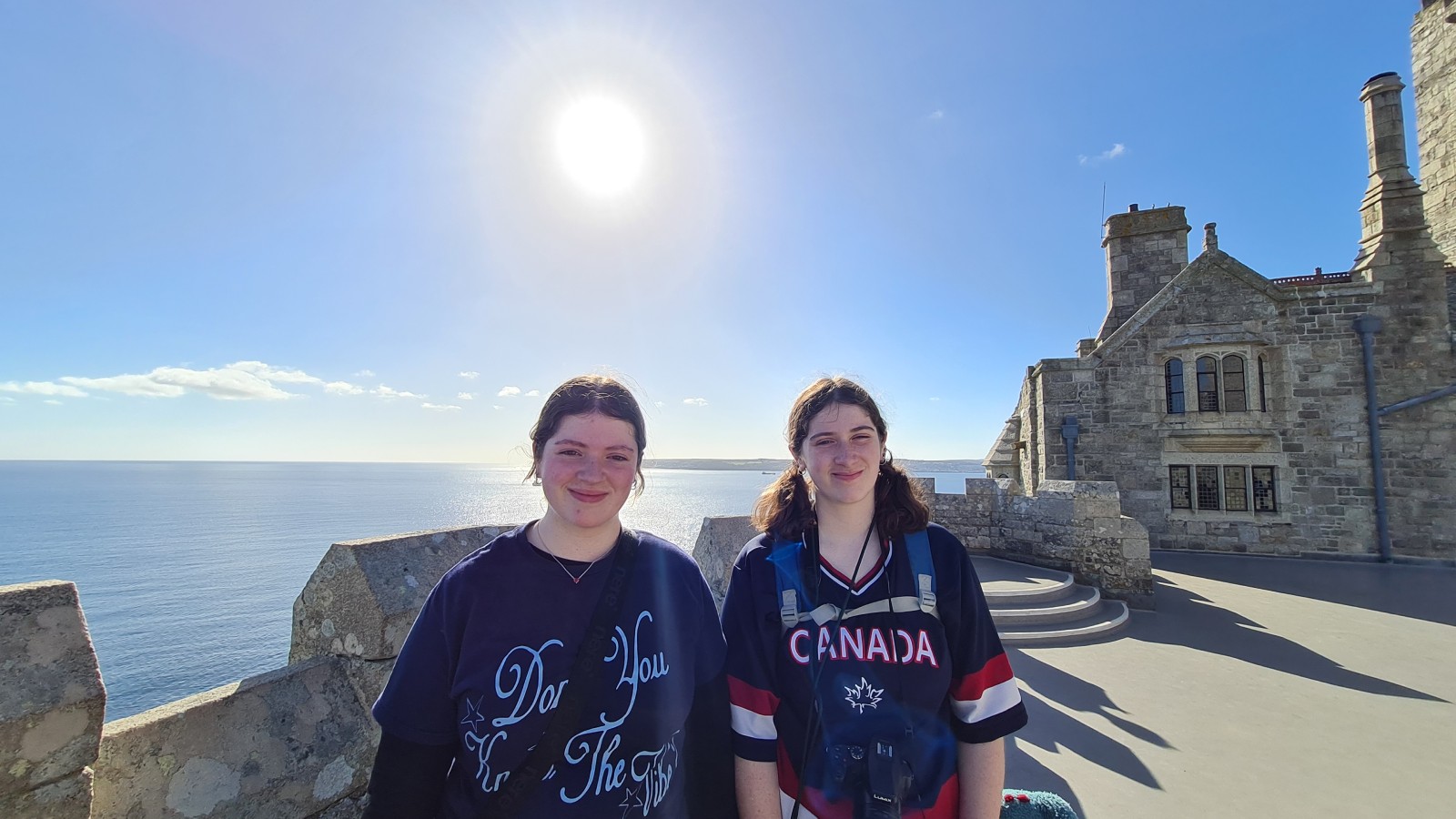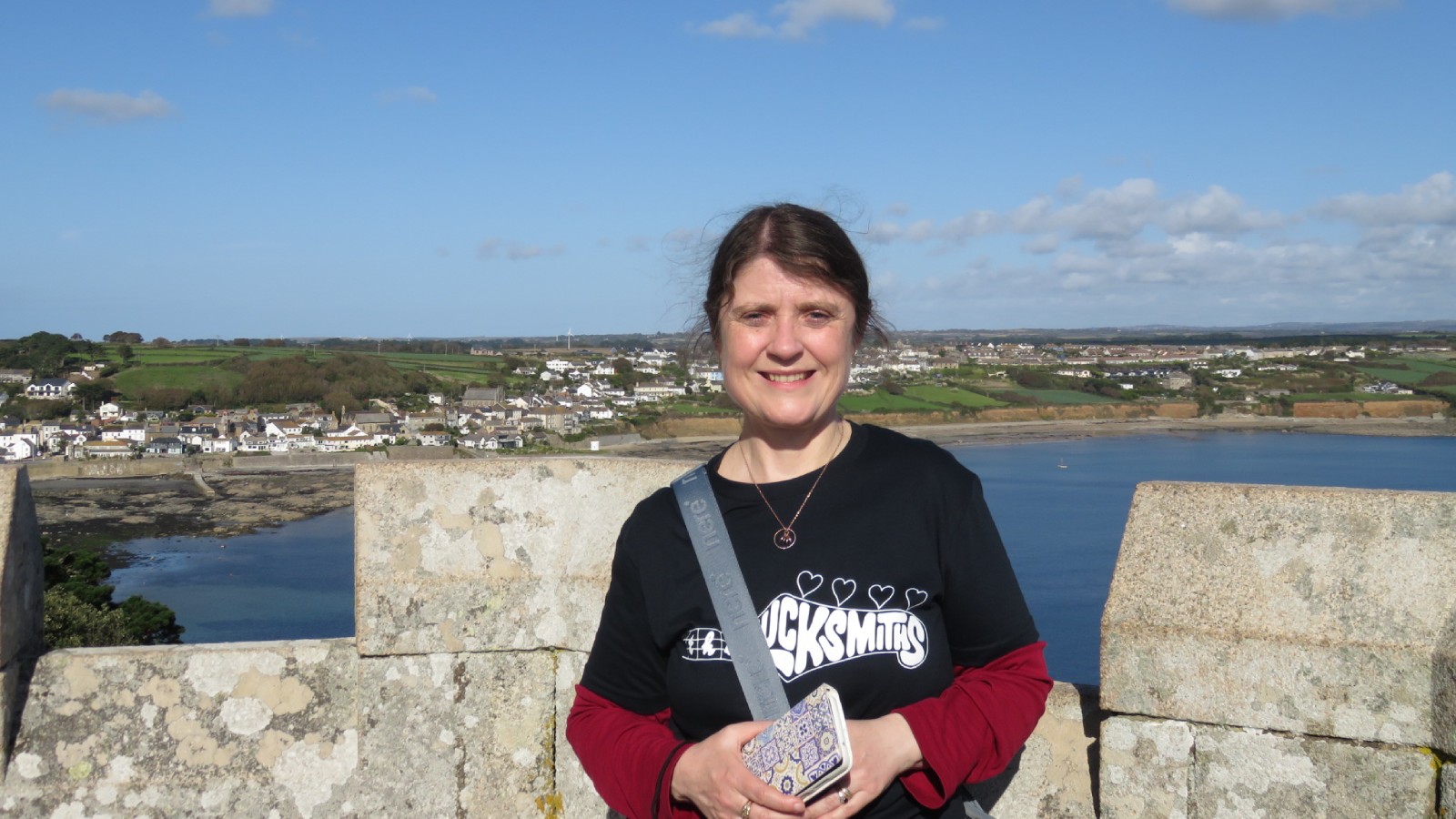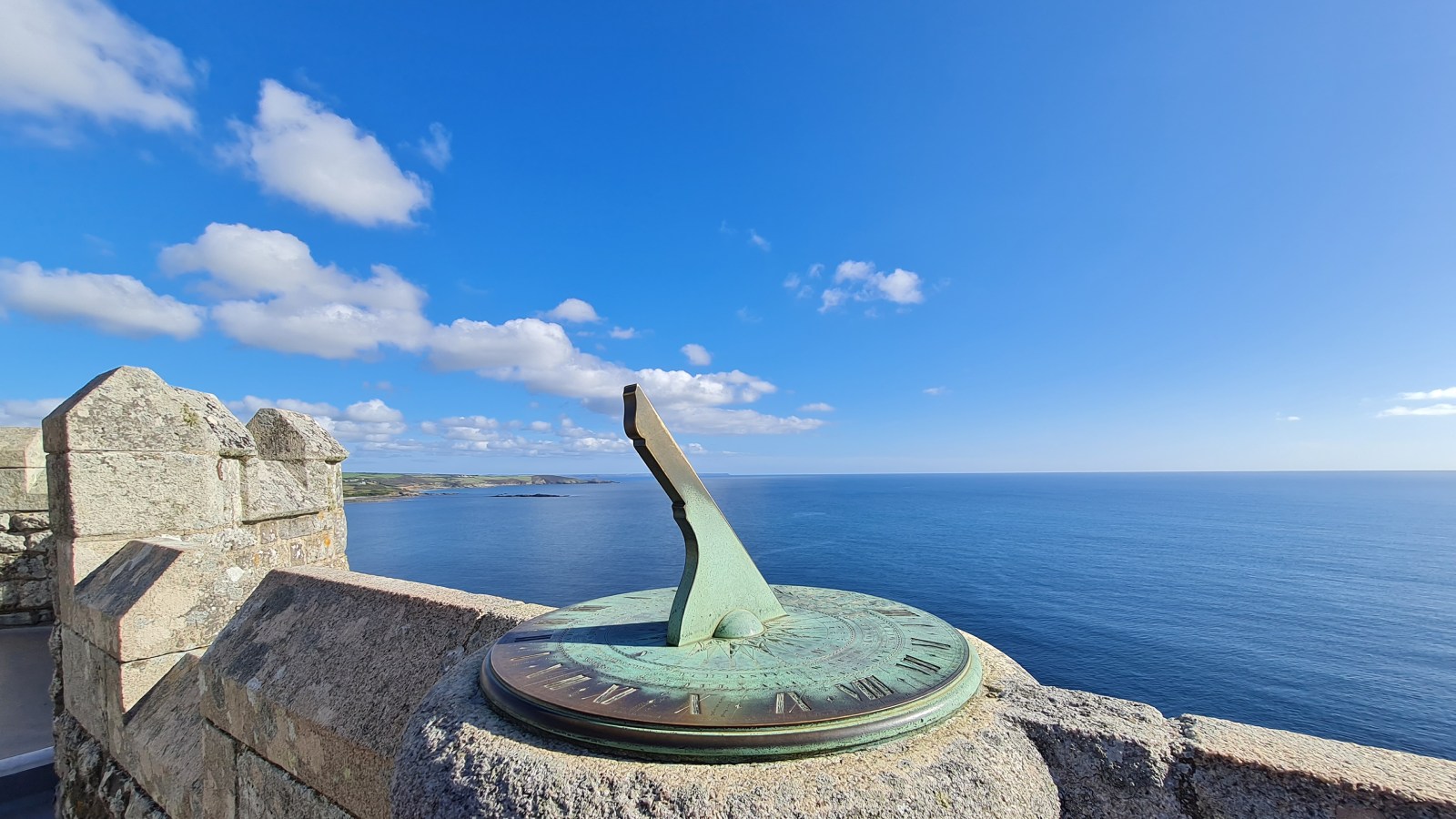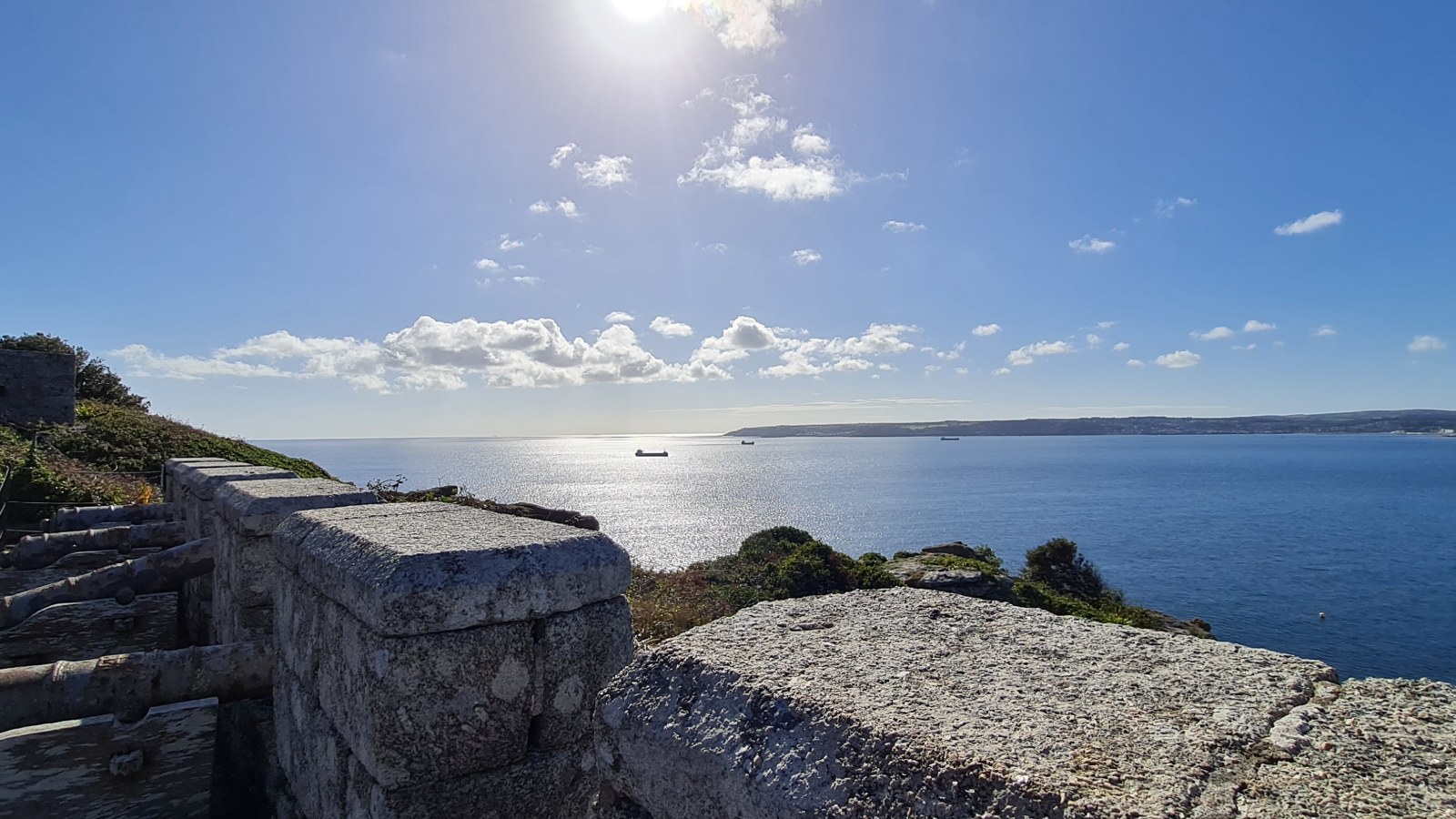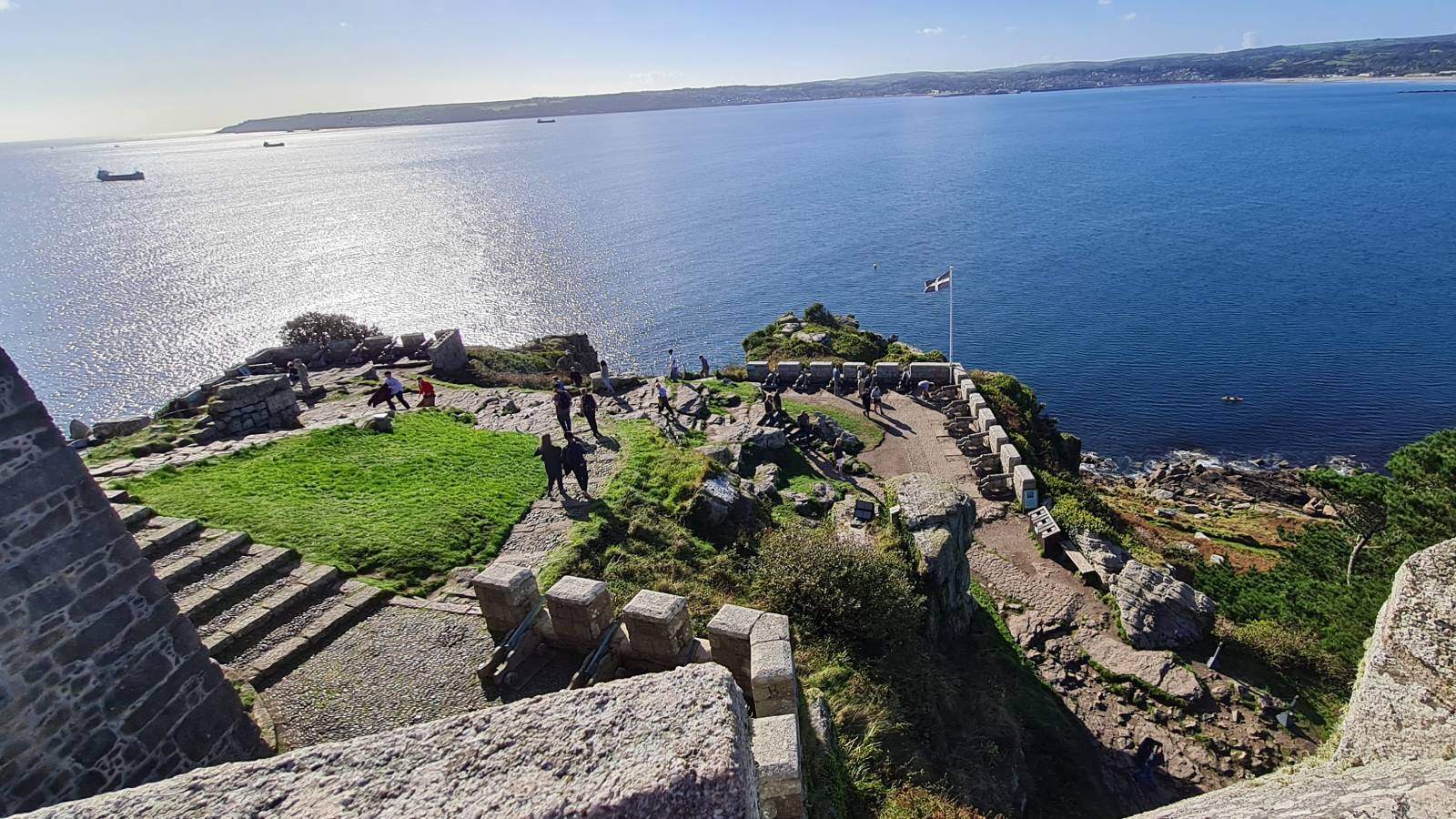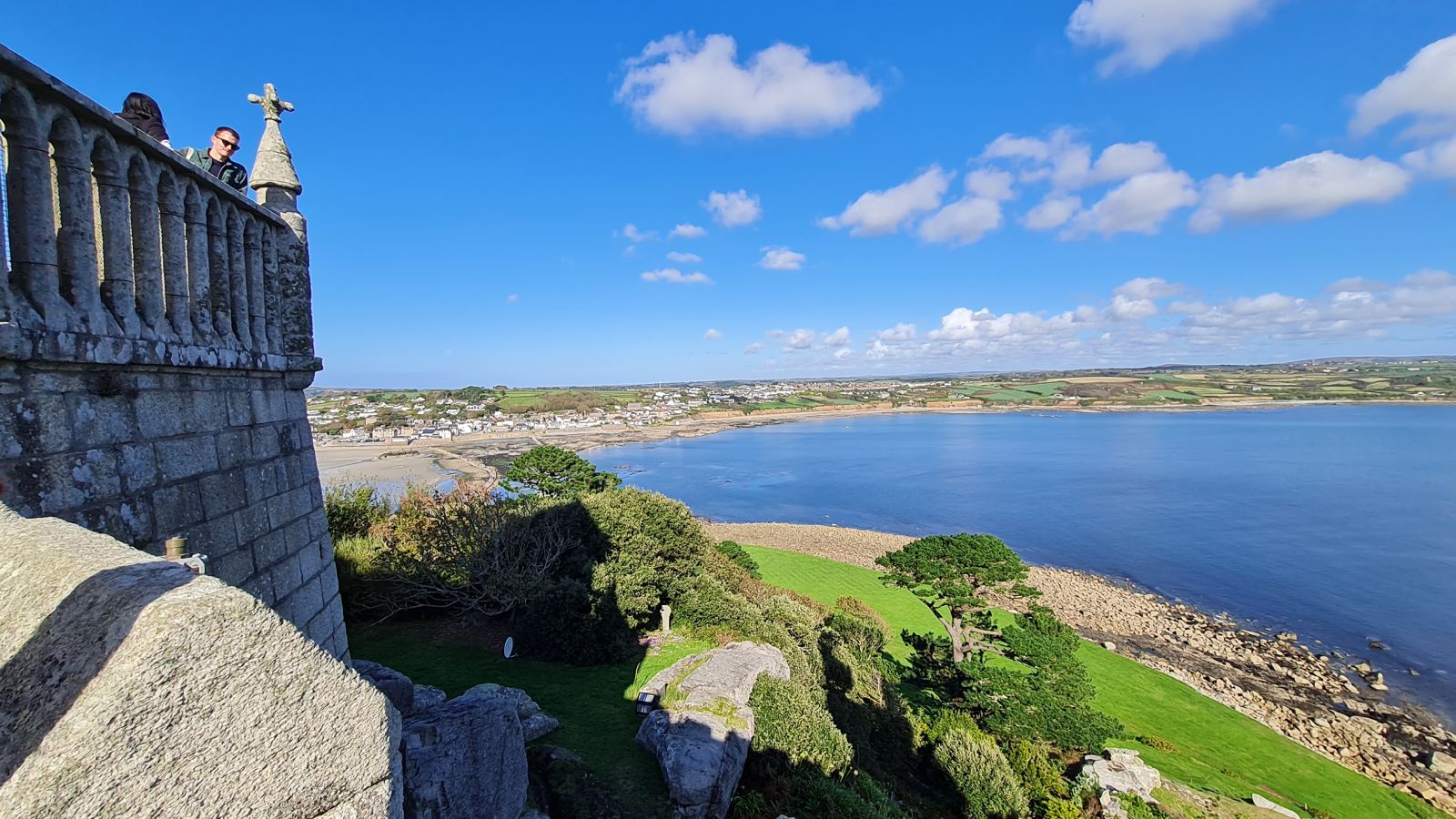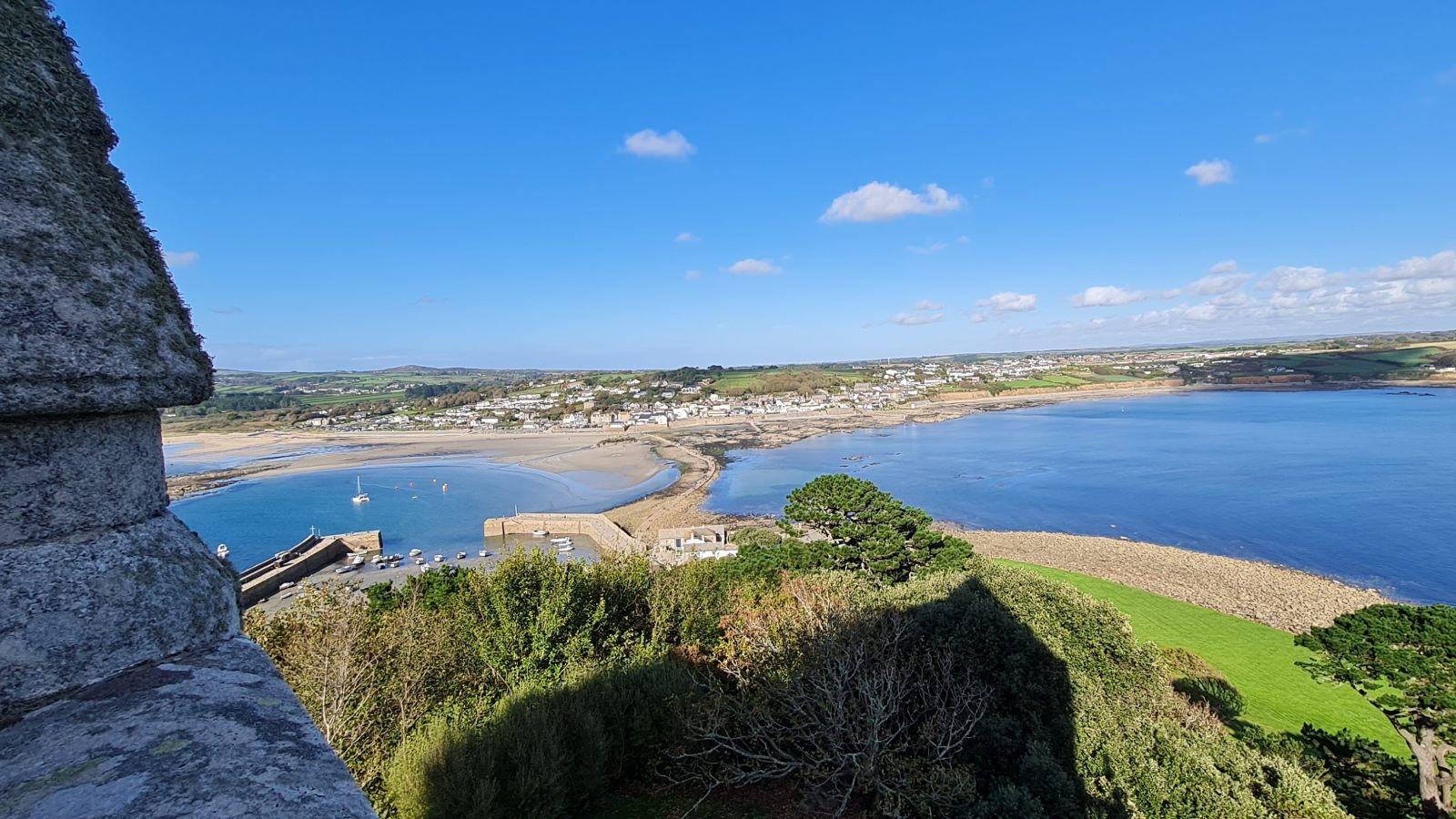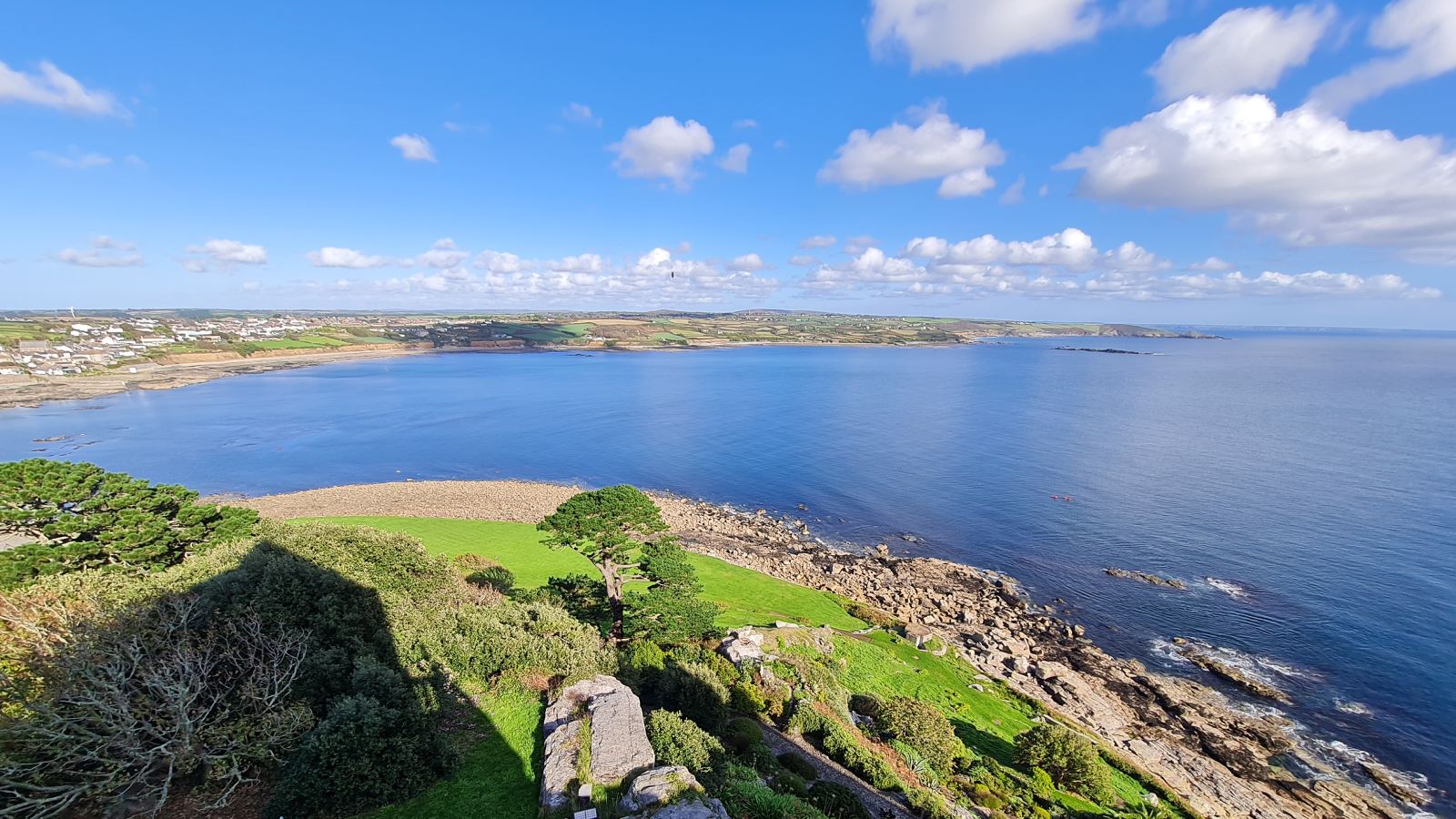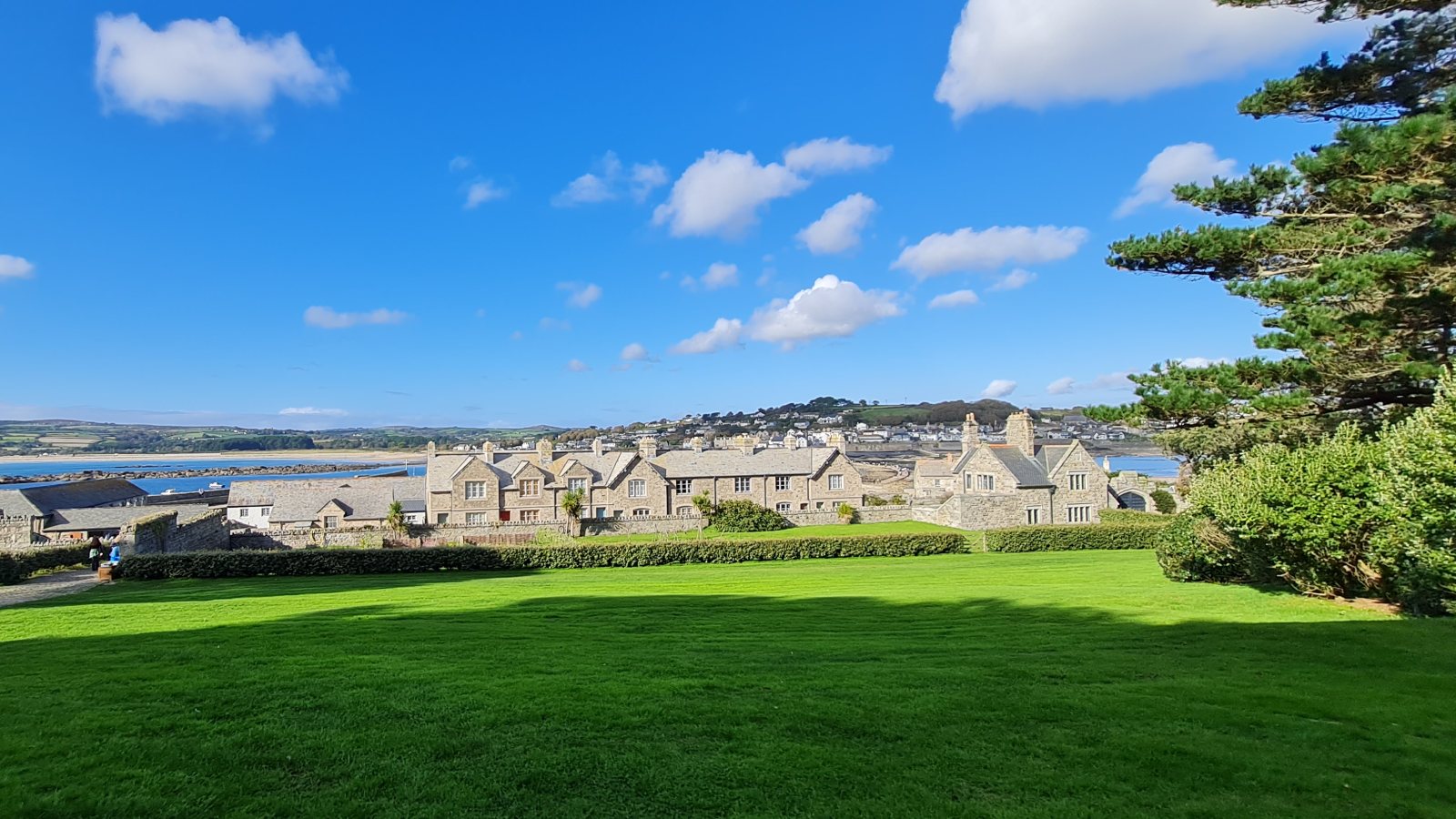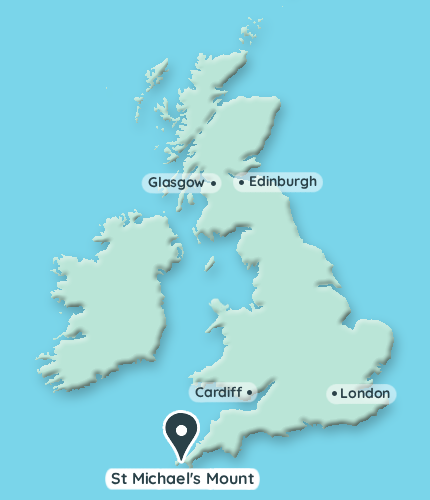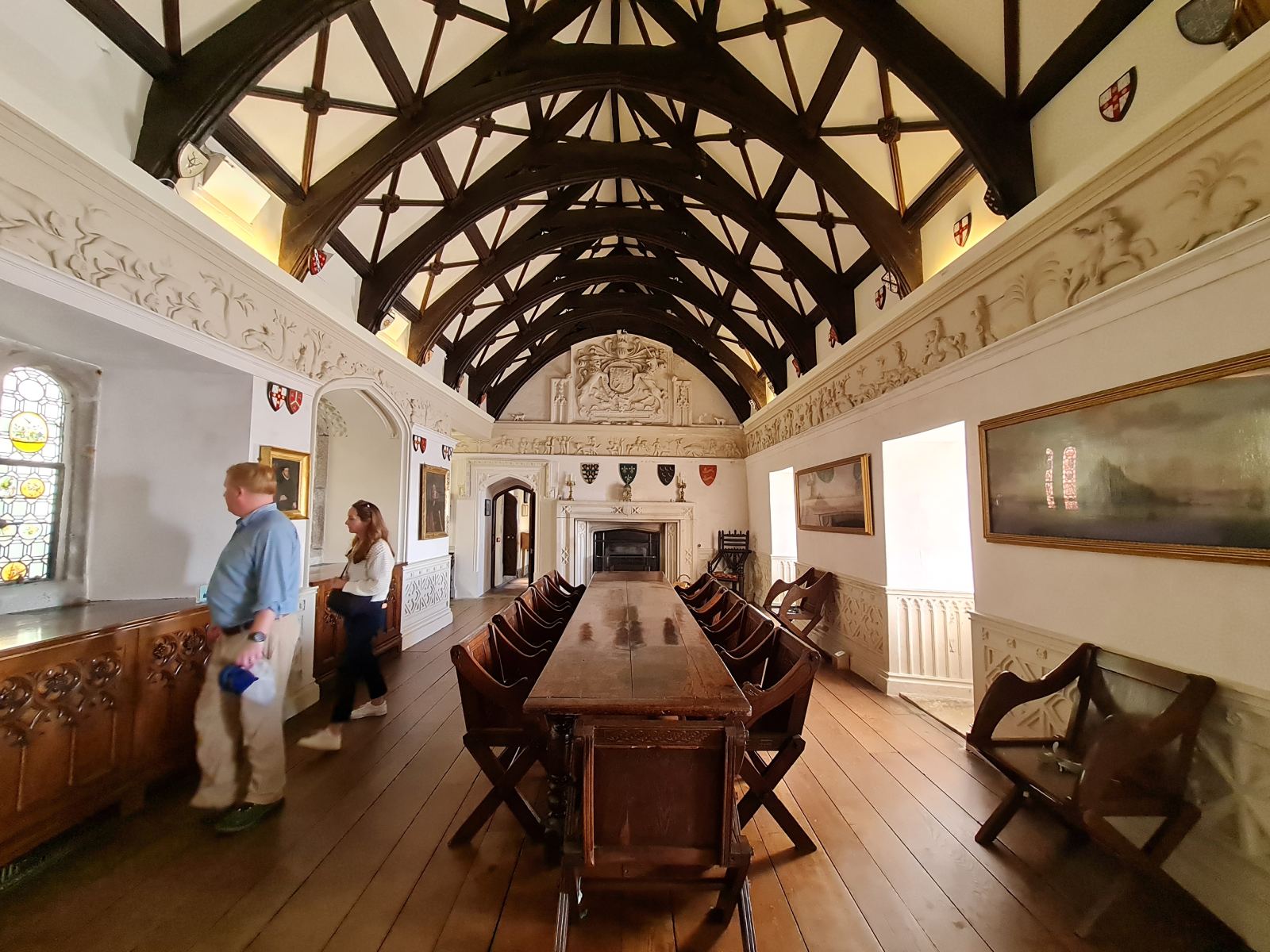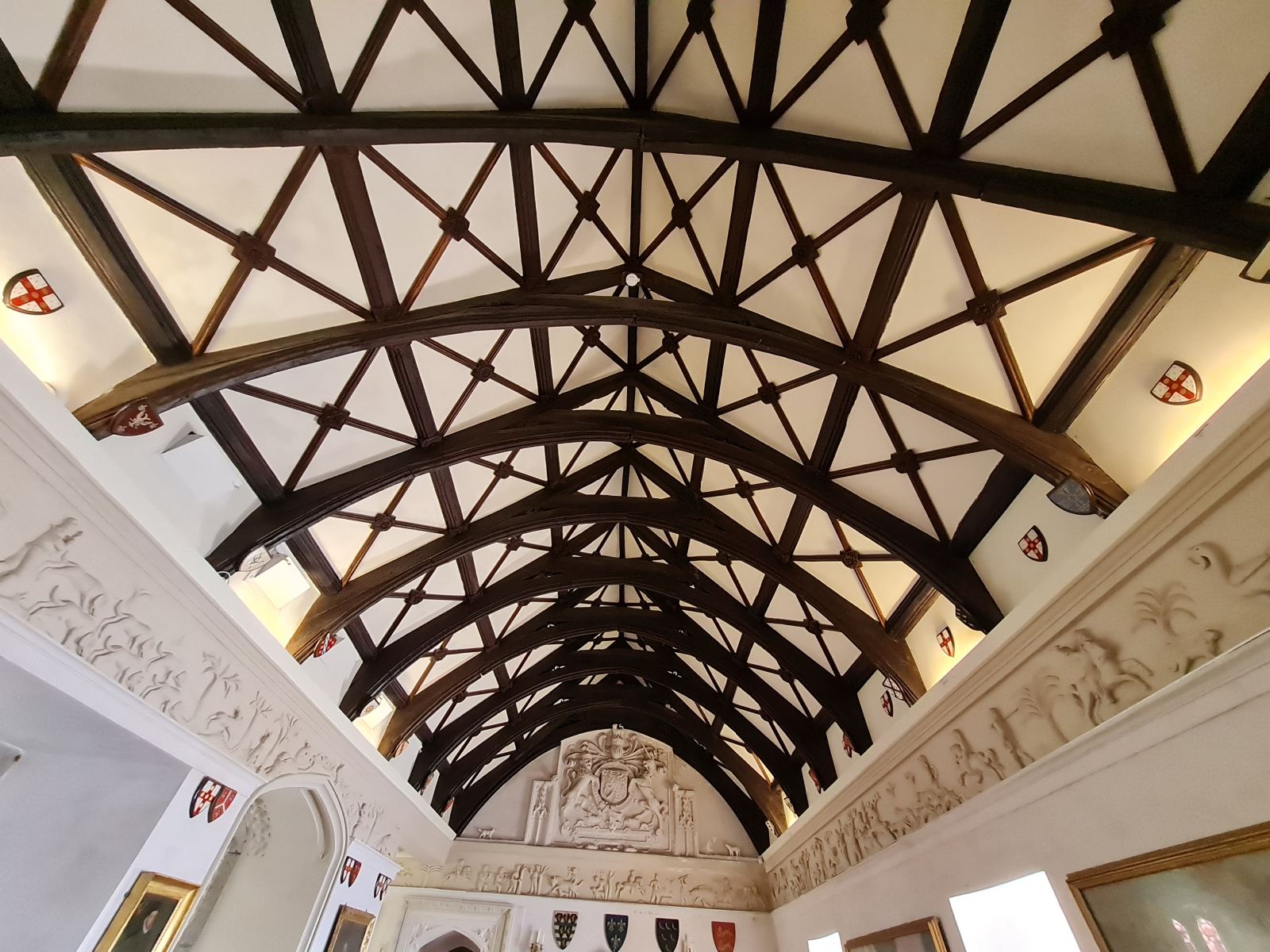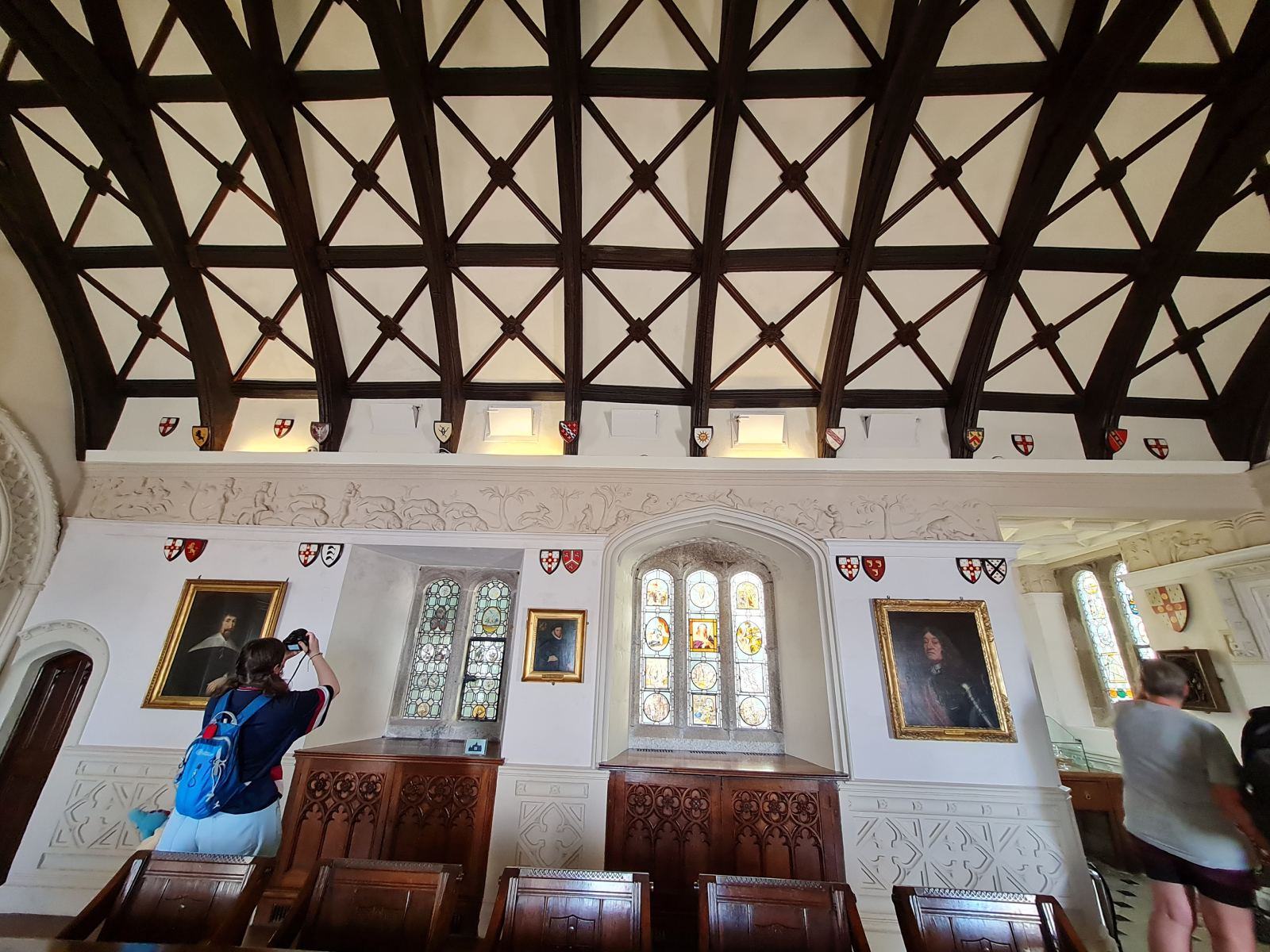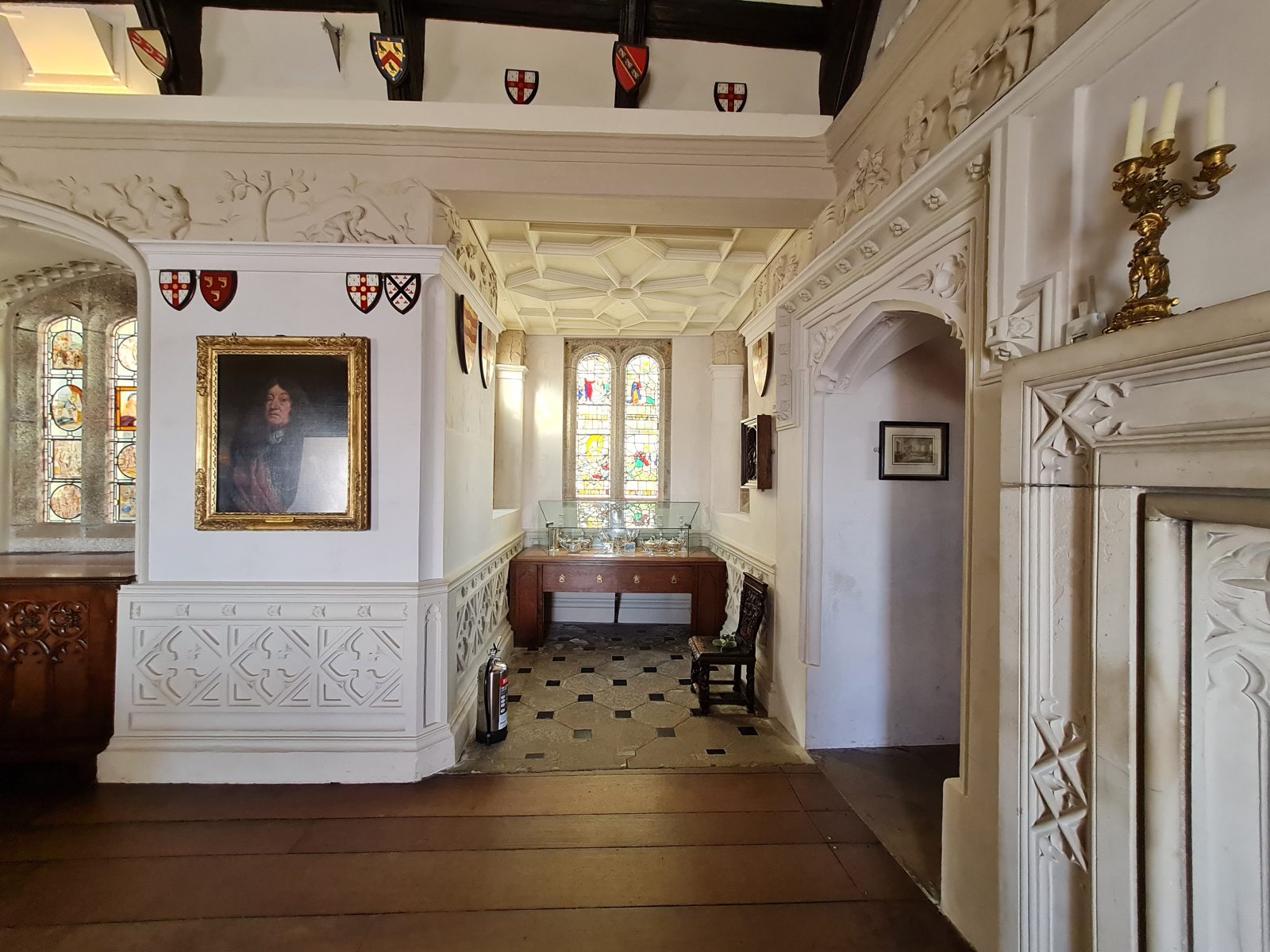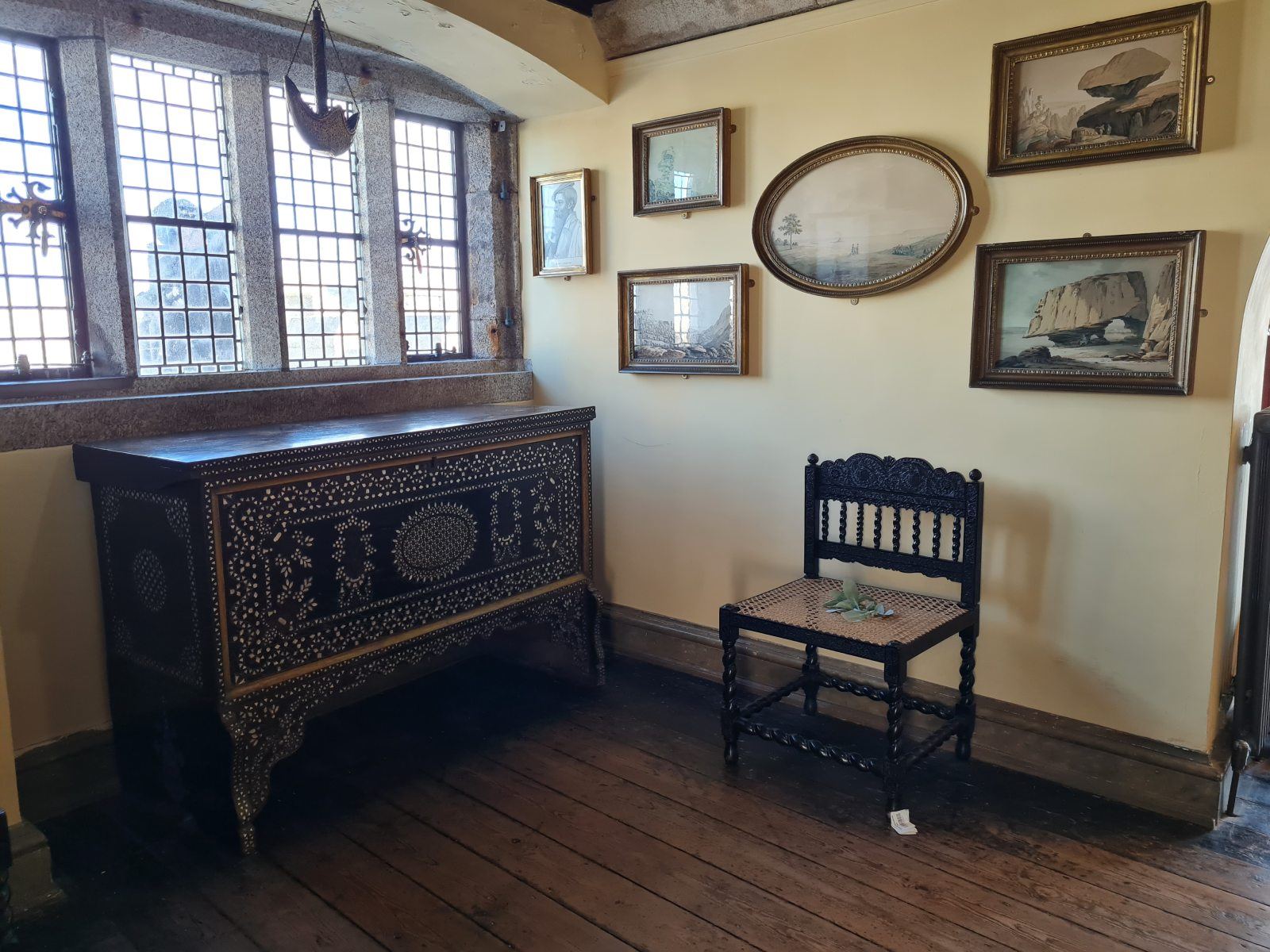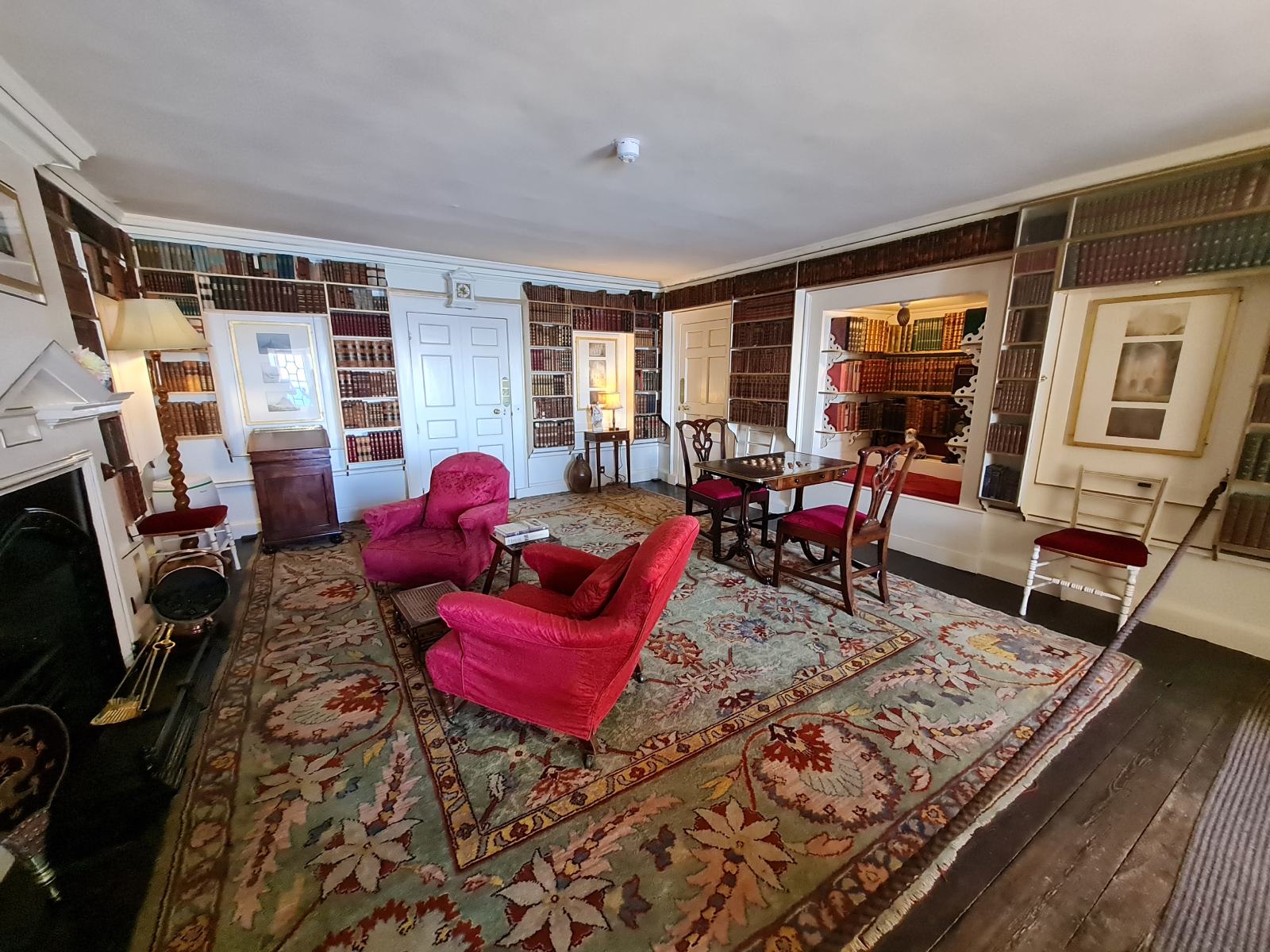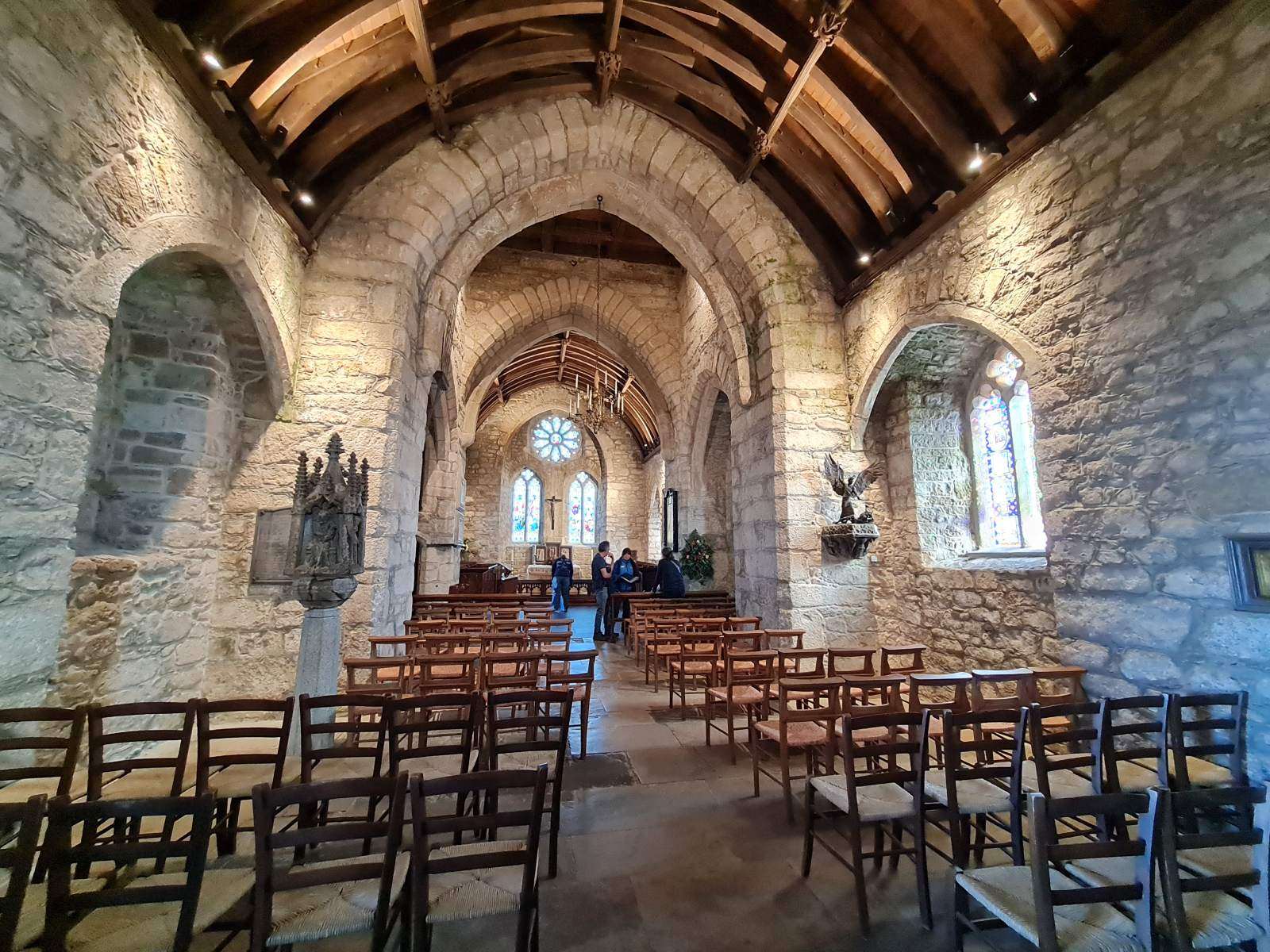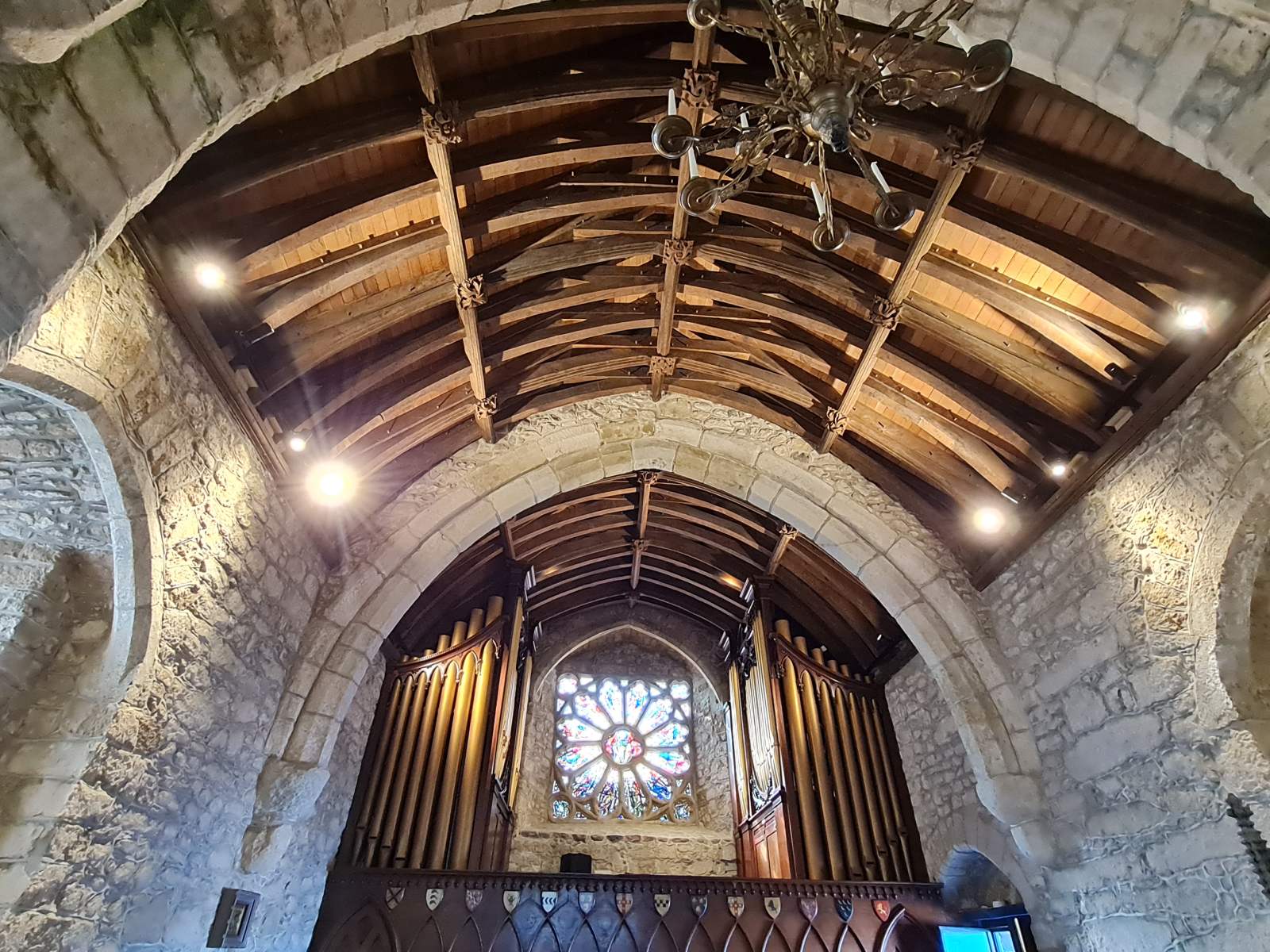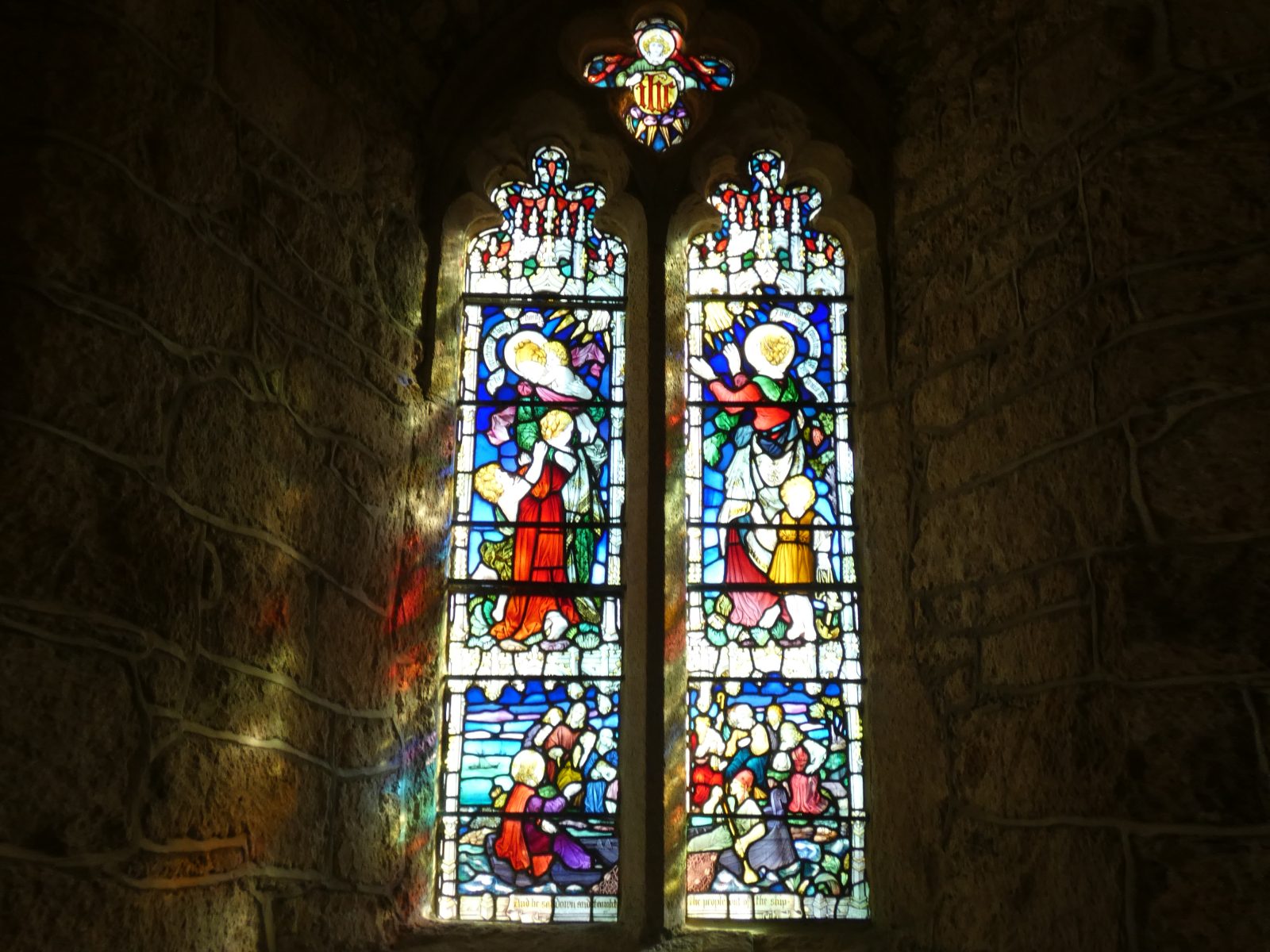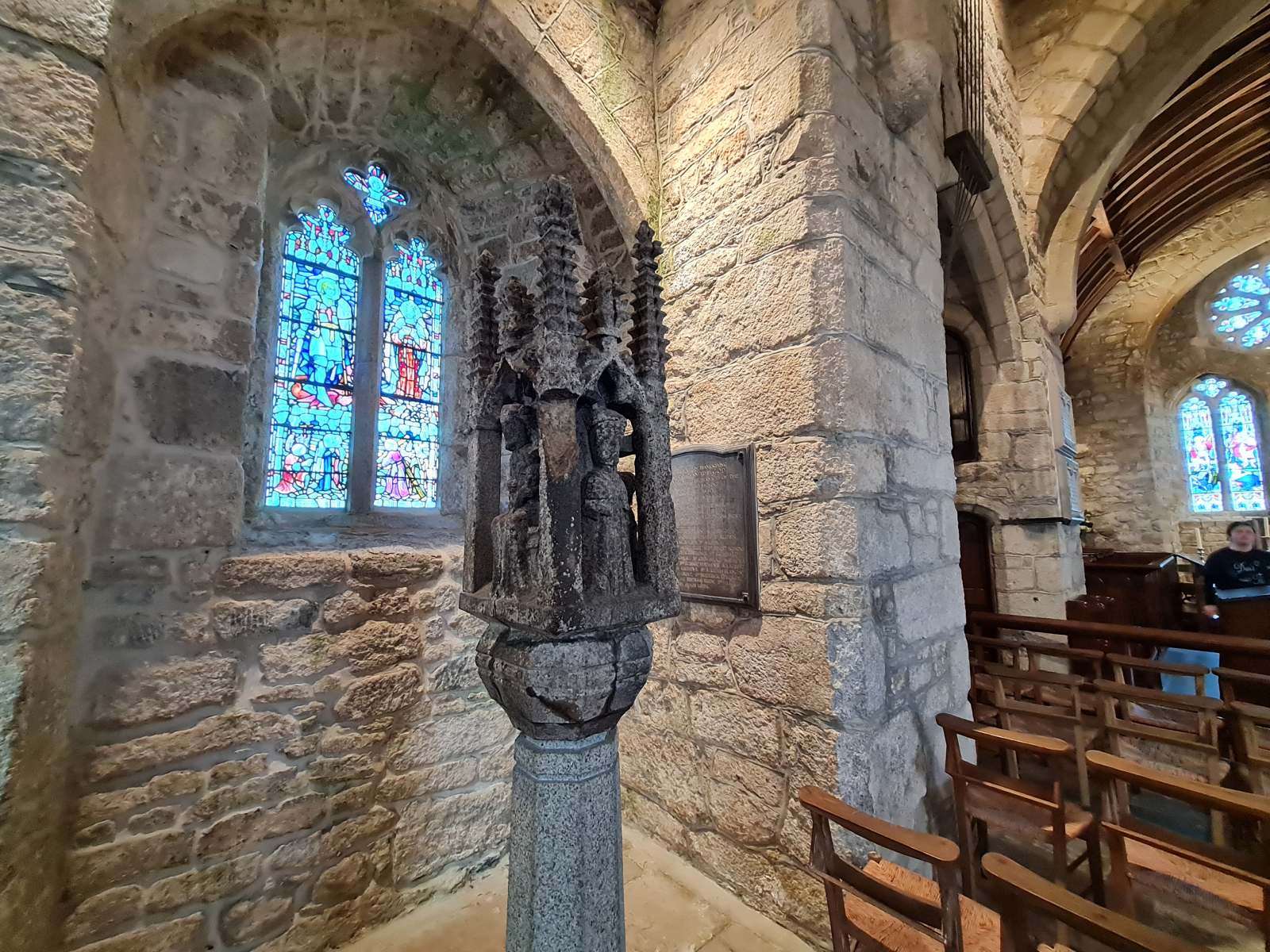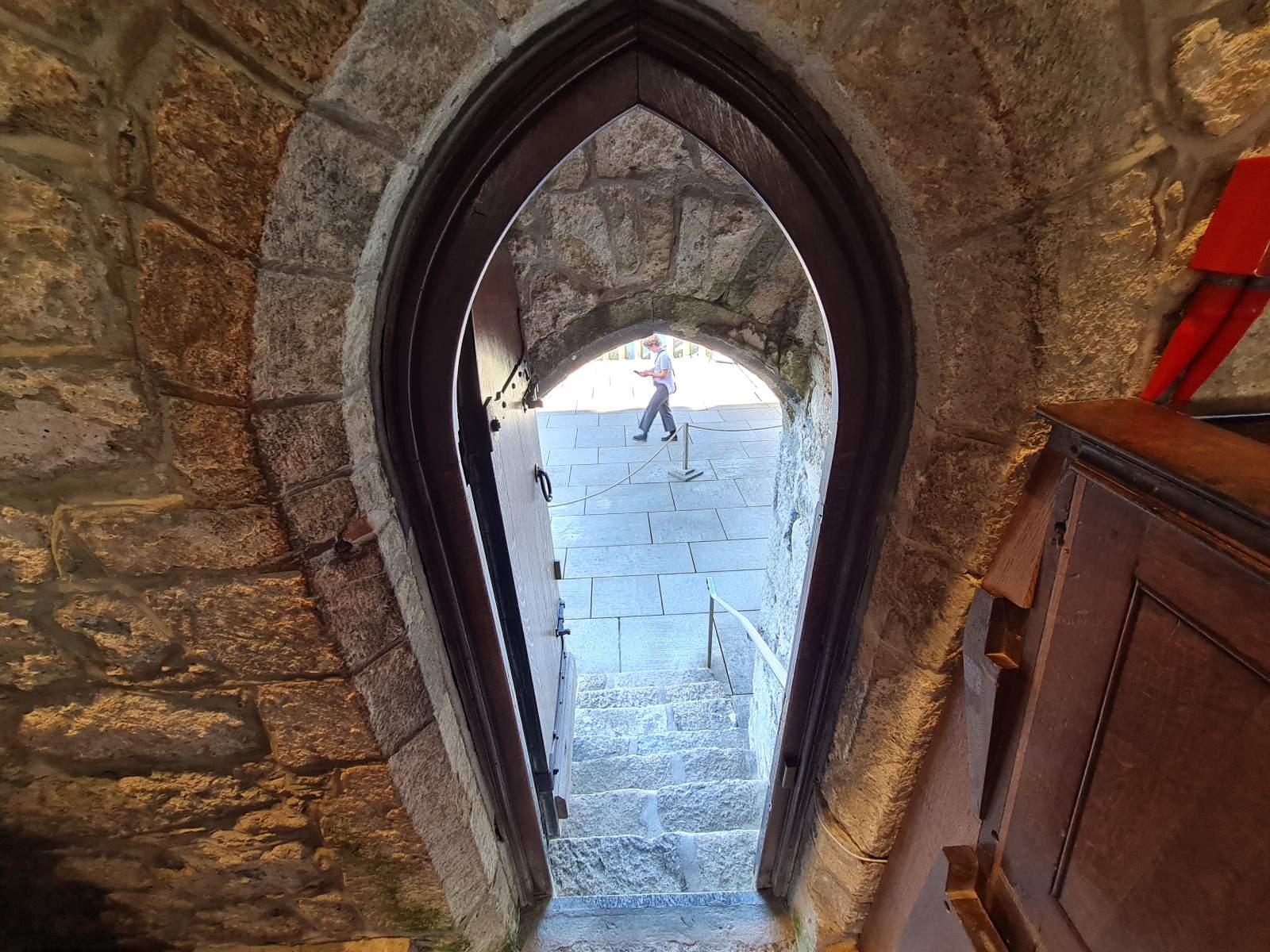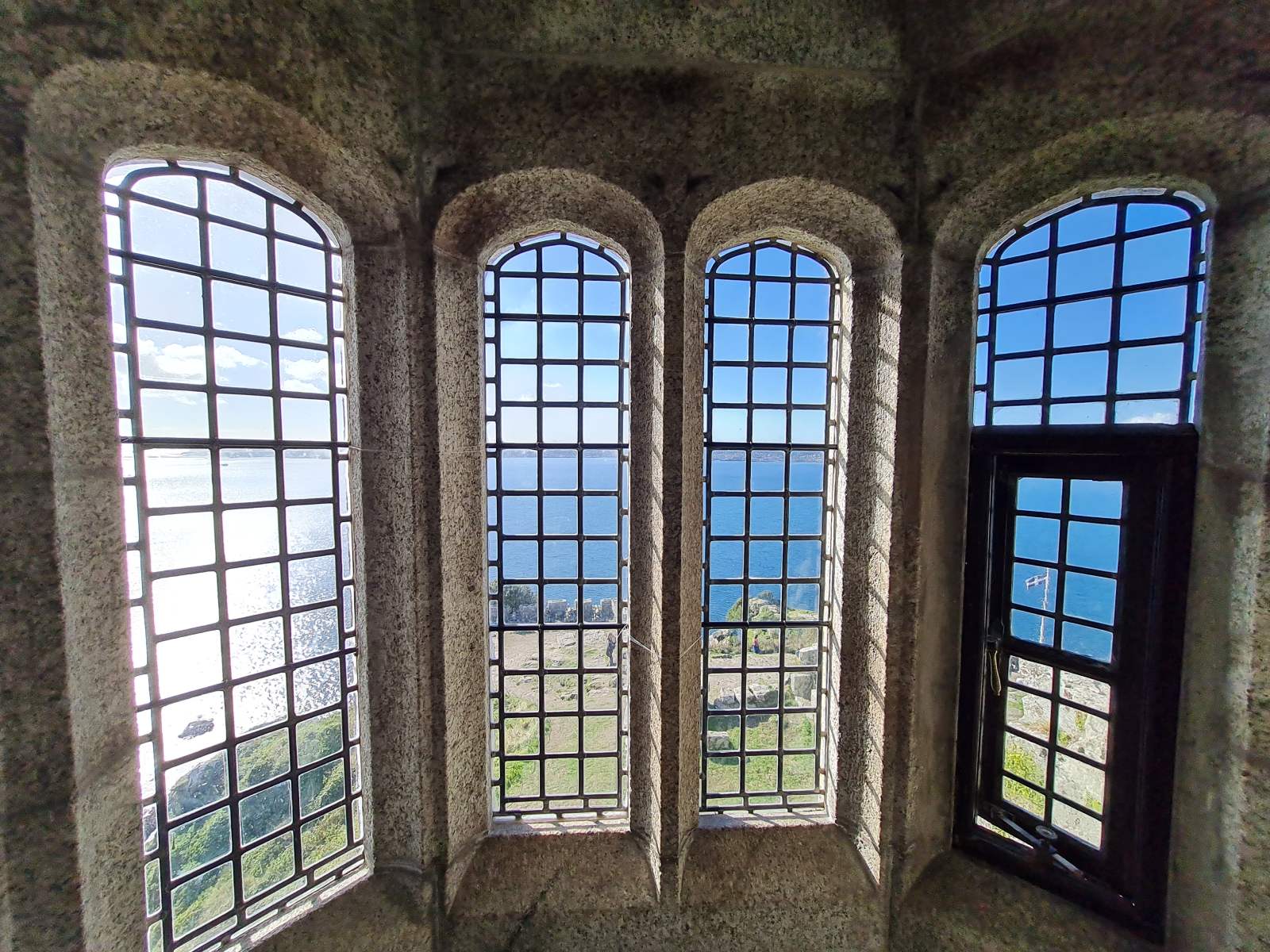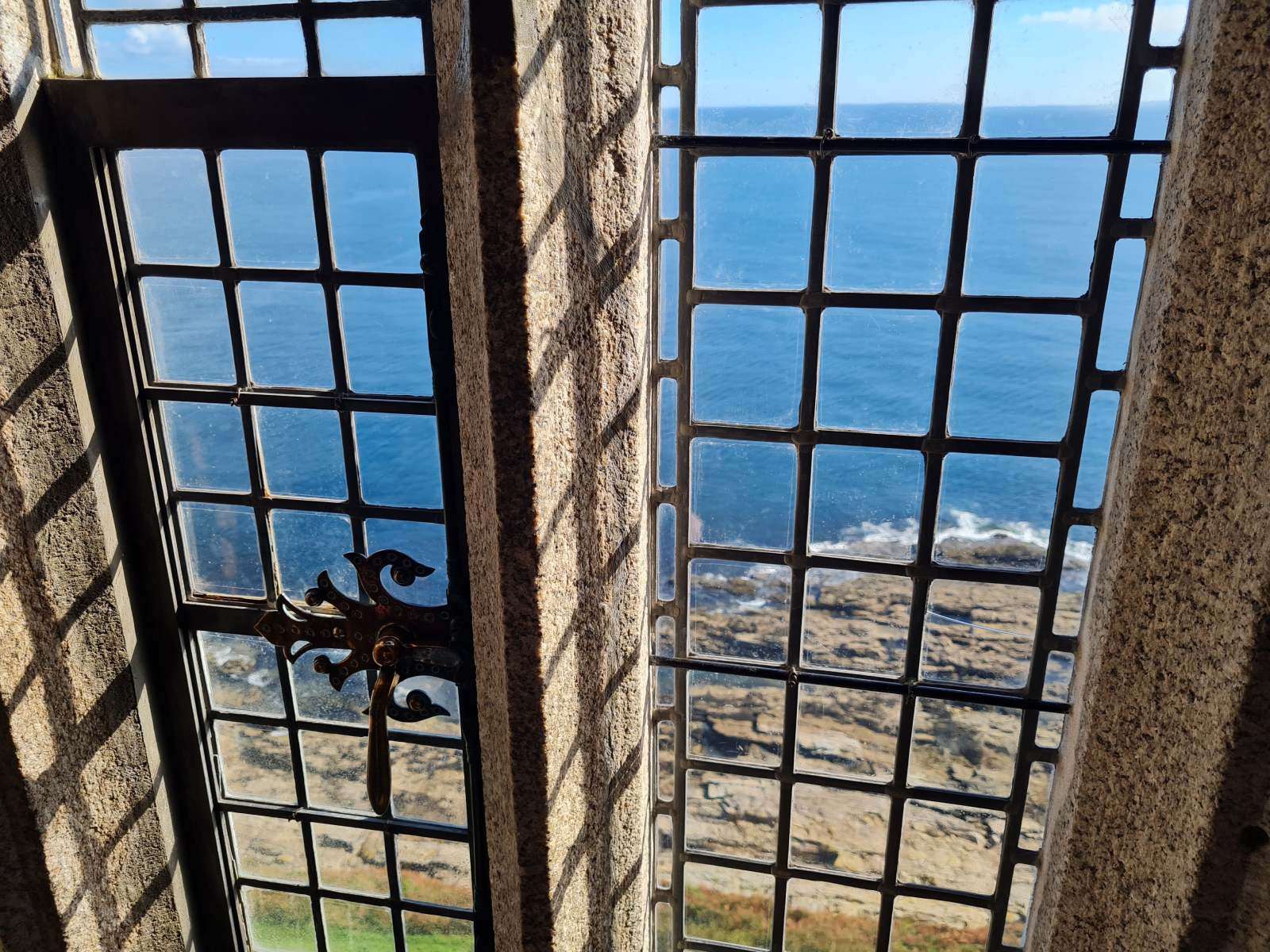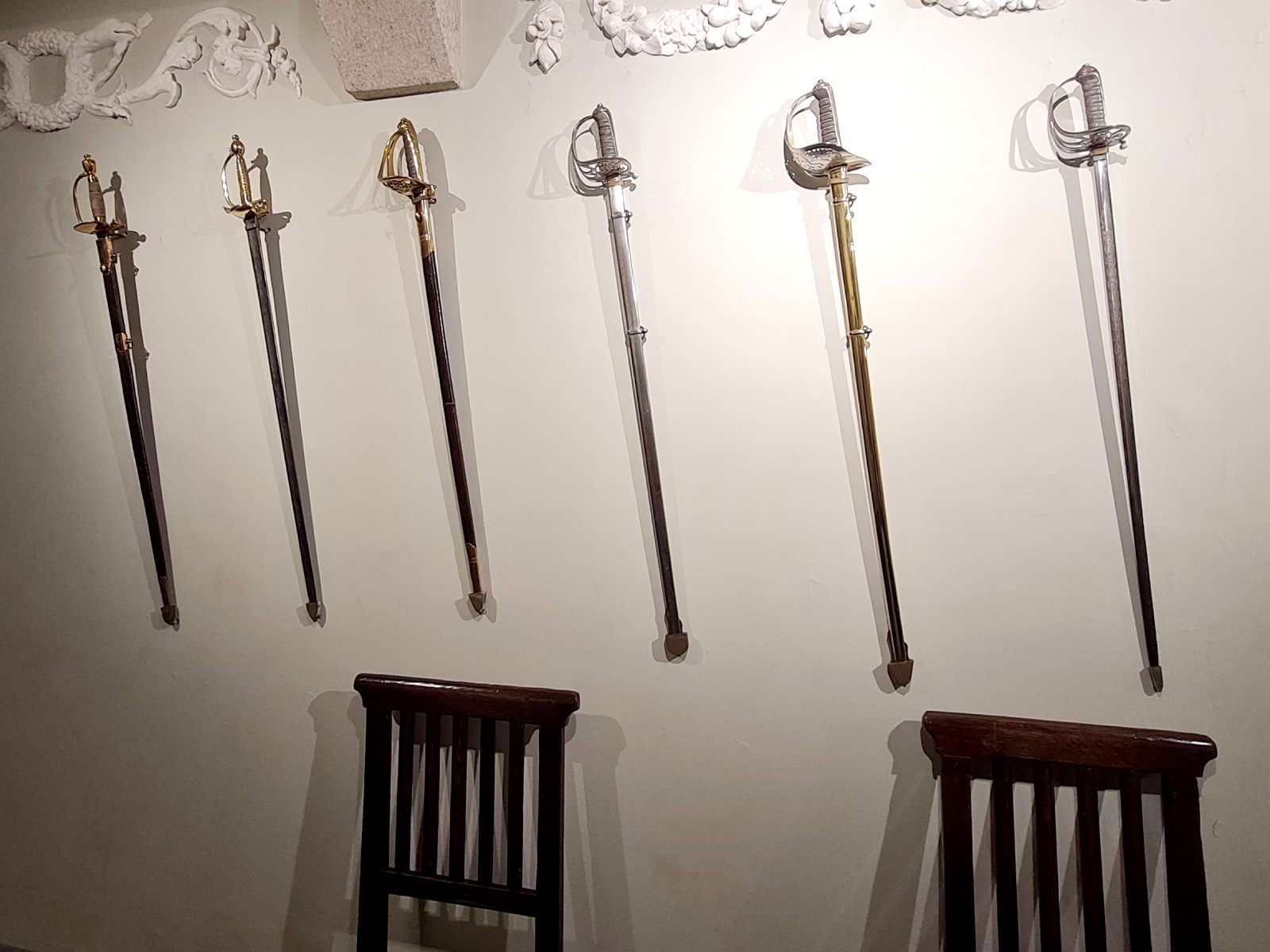I had a photo of St Michael’s Mount as my computer desktop image for many years as I thought it looked like a cool place to visit one day – it did not disappoint! Basically it’s an island with a castle on top of it, just off the coast of Cornwall that you can walk to along an ancient causeway at low tide – it is as interesting as it sounds!
The glorious weather made St Michael’s Mount seem all the more magical, and being Sunday afternoon there were plenty of people about which added to the energy. We had timed our visit for low tide so were able to walk across the 630 metre causeway to the island from the village of Marazion on the mainland. We made it back to the causeway at the end of our visit just in time to walk back before the gate was closed, but could have caught a boat back if we had missed it.
Even the causeway was awe inspiring. It was built in 1425, and its height was raised by a foot in 1879 due to rising tides. Having to work to the constraints of the tides and the weather must have made it challenging to construct. Legend has it that the mountain was once surrounded by woodlands, with the remains of trees having been seen at low tide, and pieces of flint found that are thought to be from between 8000 to 4000 BC. It felt extraordinary to walk along this ancient pilgrimage route to such a sacred site, as so many had done before us.
The causeway leads to a small historic village on the island foreshore, which is currently home to around 30 people, although during the early 1800s it had a population of 300. The village is believed to have been a major hub for tin exports over 2,000 years ago, and today is just as busy with the hustle and bustle of curious tourists, with many of the buildings now utilised as cafes, shops, galleries and a visitor centre.
The pathway up the mountain to the castle was equally as interesting with frequent stops to examine various landmarks like the giant’s heart from the legendary tale of Jack the Giant Killer, an historic dairy (photo 6 above), the pilgrim’s steps, cannons which were last used to defend the mount against the French in 1812, and of course those ever present panoramic views across the ocean and the mainland. The mount is also surrounded by terraced sub-tropical gardens but unfortunately these were closed when we were there.
On top of the mountain, at the centre of the spectacular views, is an historic castle, which our tickets gave us access to explore freely (see internal photos below). The many different rooms held all sorts of displays depicting the fascinating stories of its centuries old history, from royal visits, to battles and conflicts, to the everyday lives of its various residents over the years. Every window had an amazing view framed by ancient stonework – I can only imagine what it must have been like to live somewhere like this!
We also explored the Church of St Michael & All Angels, which felt truly surreal. It is believed that a monastery existed on top of the mount from the 8th to 11th centuries, at which time the site was gifted to the Benedictine monks of Mont Saint-Michel, a similar island in France which also has an ancient monastery on top. The monks built the St Michael’s Mount monastery in 1135, which was then rebuilt in the late 14th century and is the current day church.
Legend has it that the Archangel Michael appeared to fishermen at St Michael's Mount in 495 to guide them to safety, then to a Bishop at Mont Saint-Michel in 708. Both mounts became popular pilgrimage sites for centuries as a result.
The monastery was fortified into a castle in the 14th century and has been used as a stronghold for various conflicts over the years, up until as recently as World War II. The island and castle have changed hands between the English and French multiple times.
In 1659 Captain James St Aubyn purchased the island and castle. The St Aubyn family still lives here today, but donated the castle and island to the National Trust in 1954, to enable public access. What a generous gesture for future generations to experience such an amazing place firsthand – it really does have to be seen in-person to be fully appreciated.
View St Michael’s Mount on Google maps


